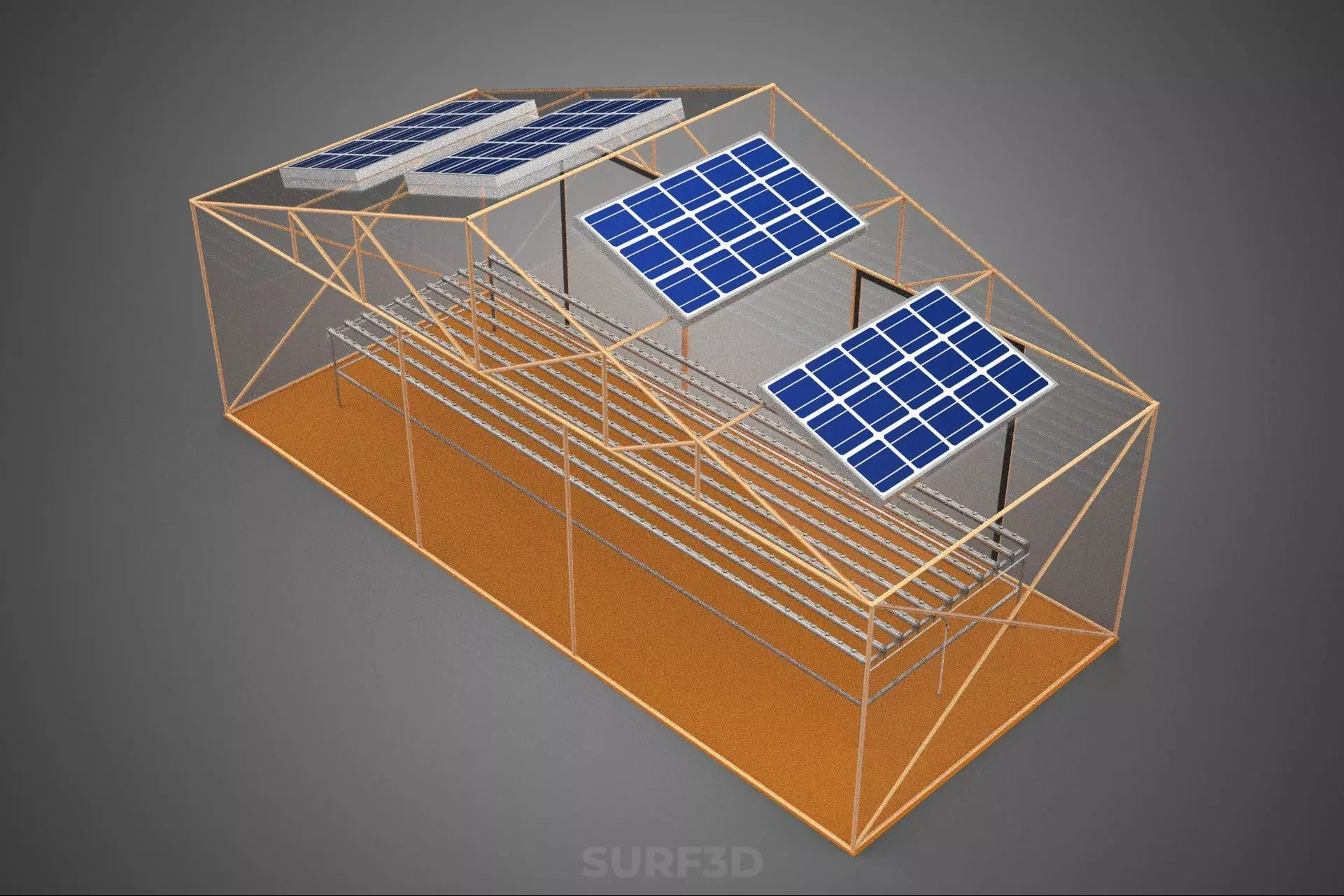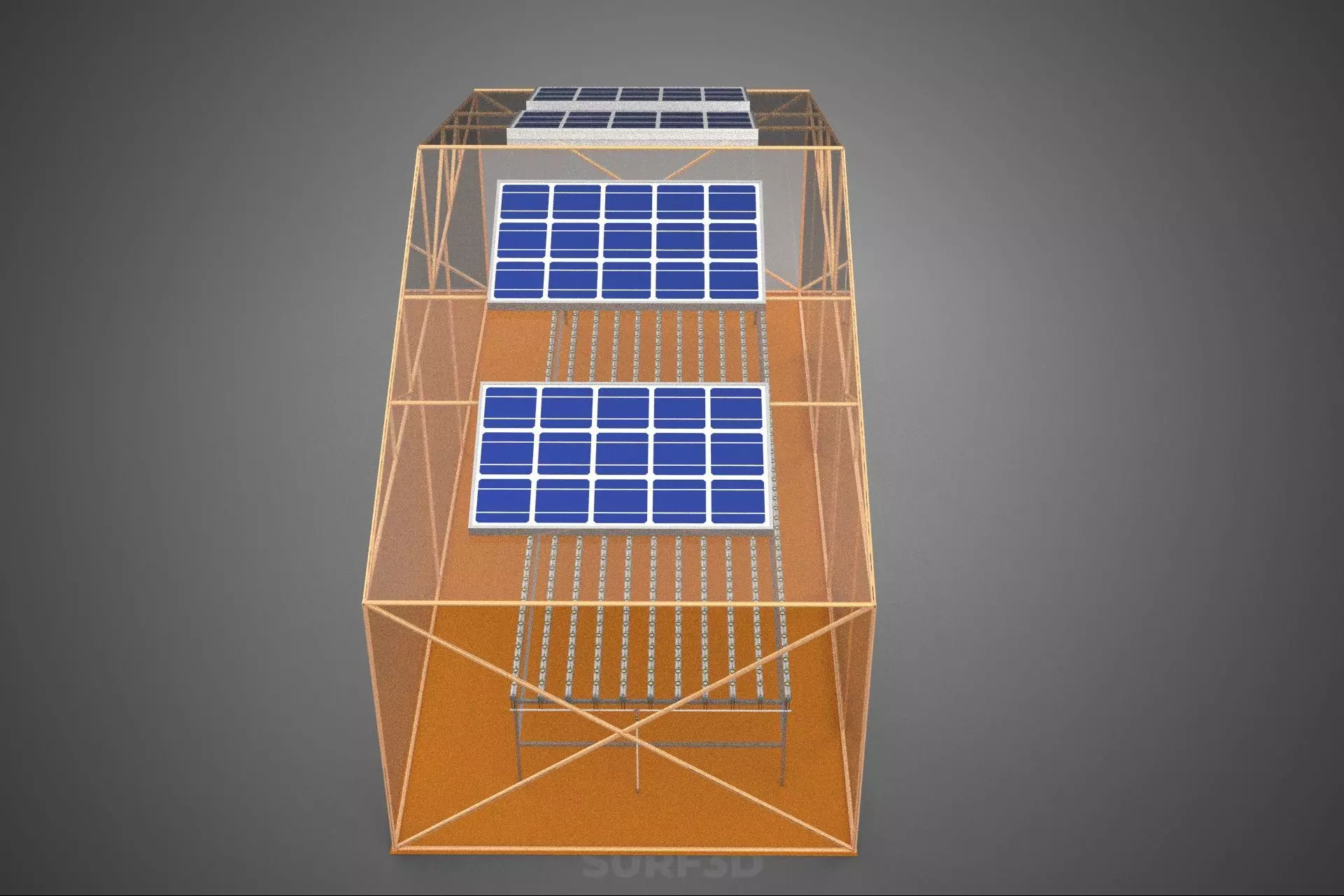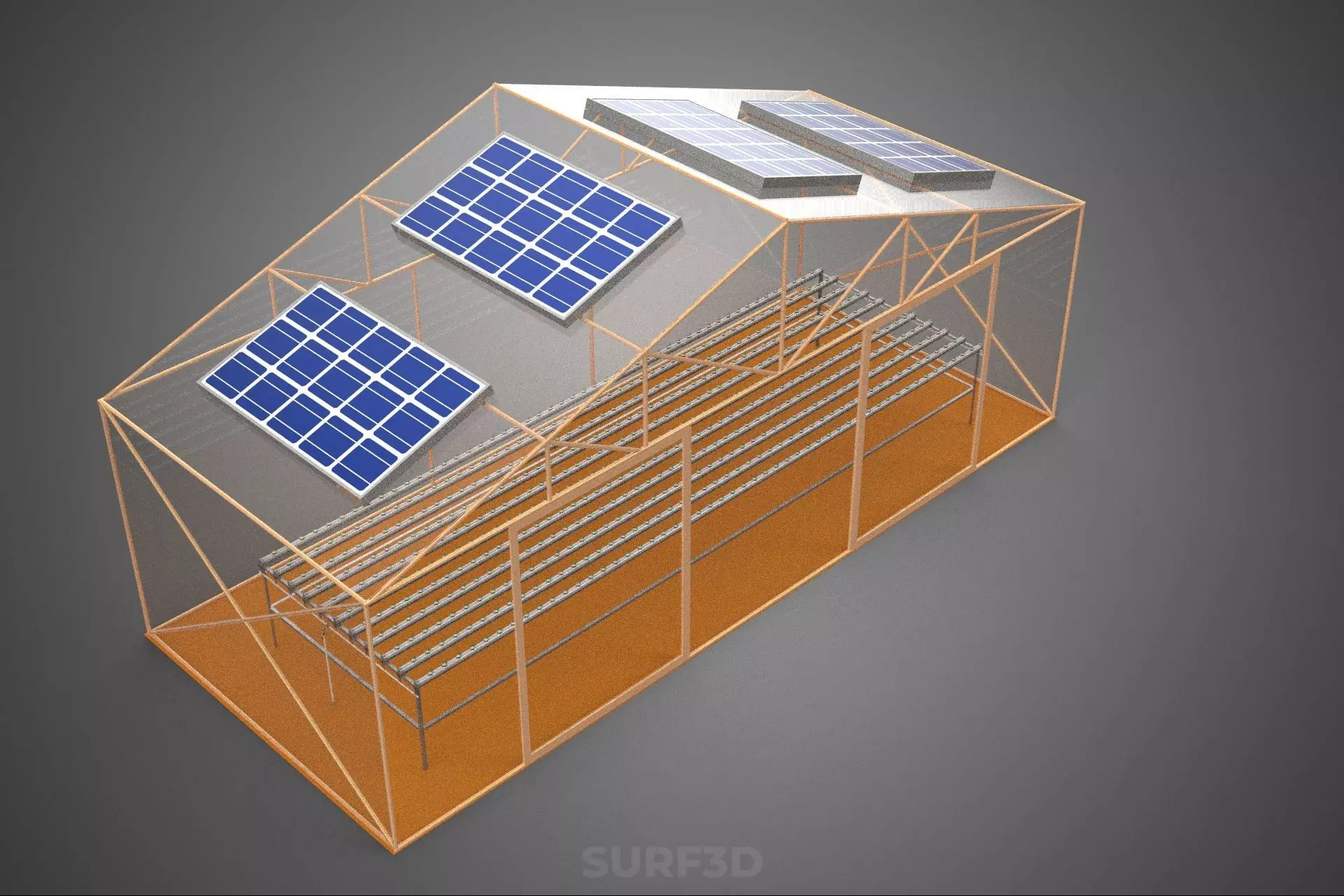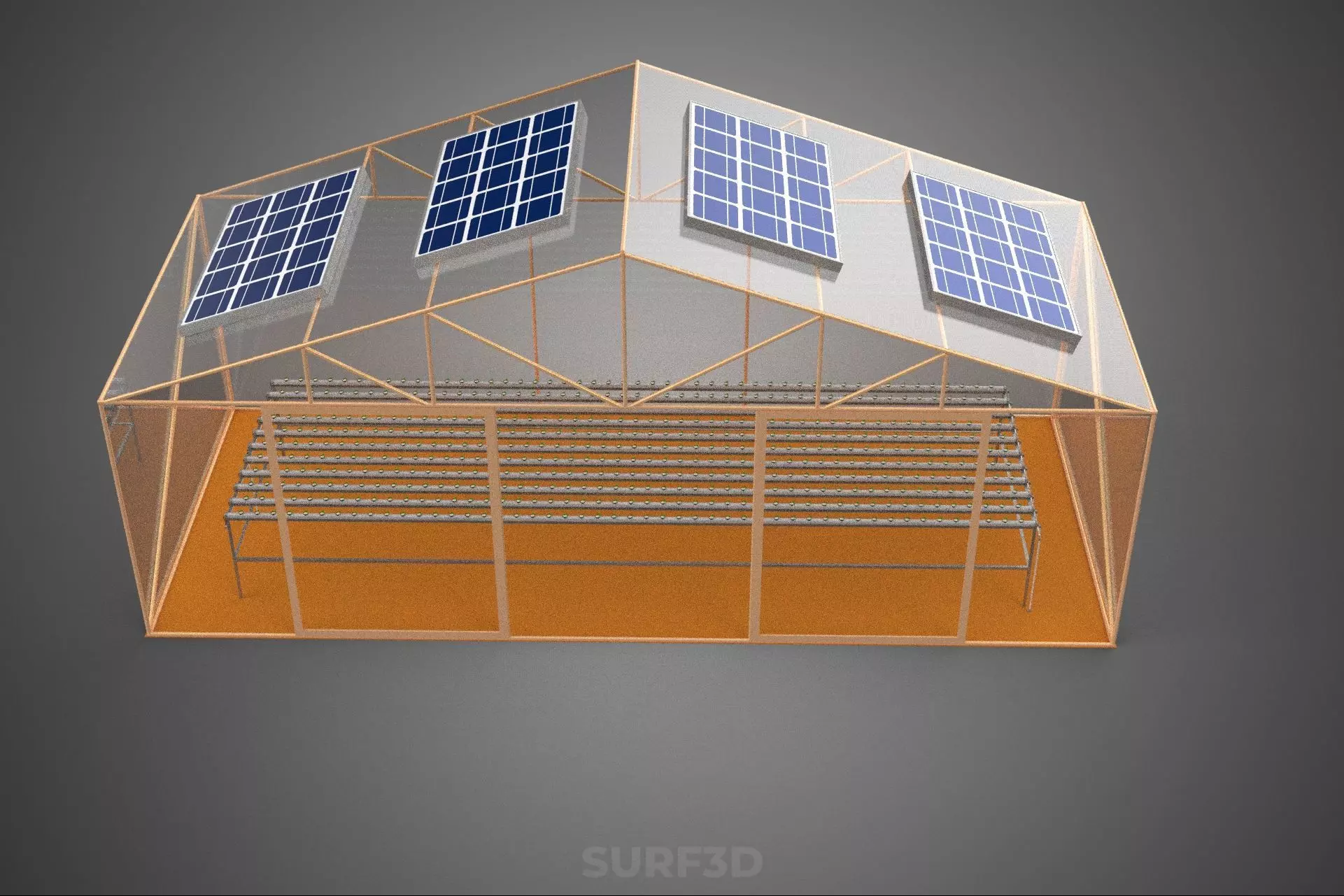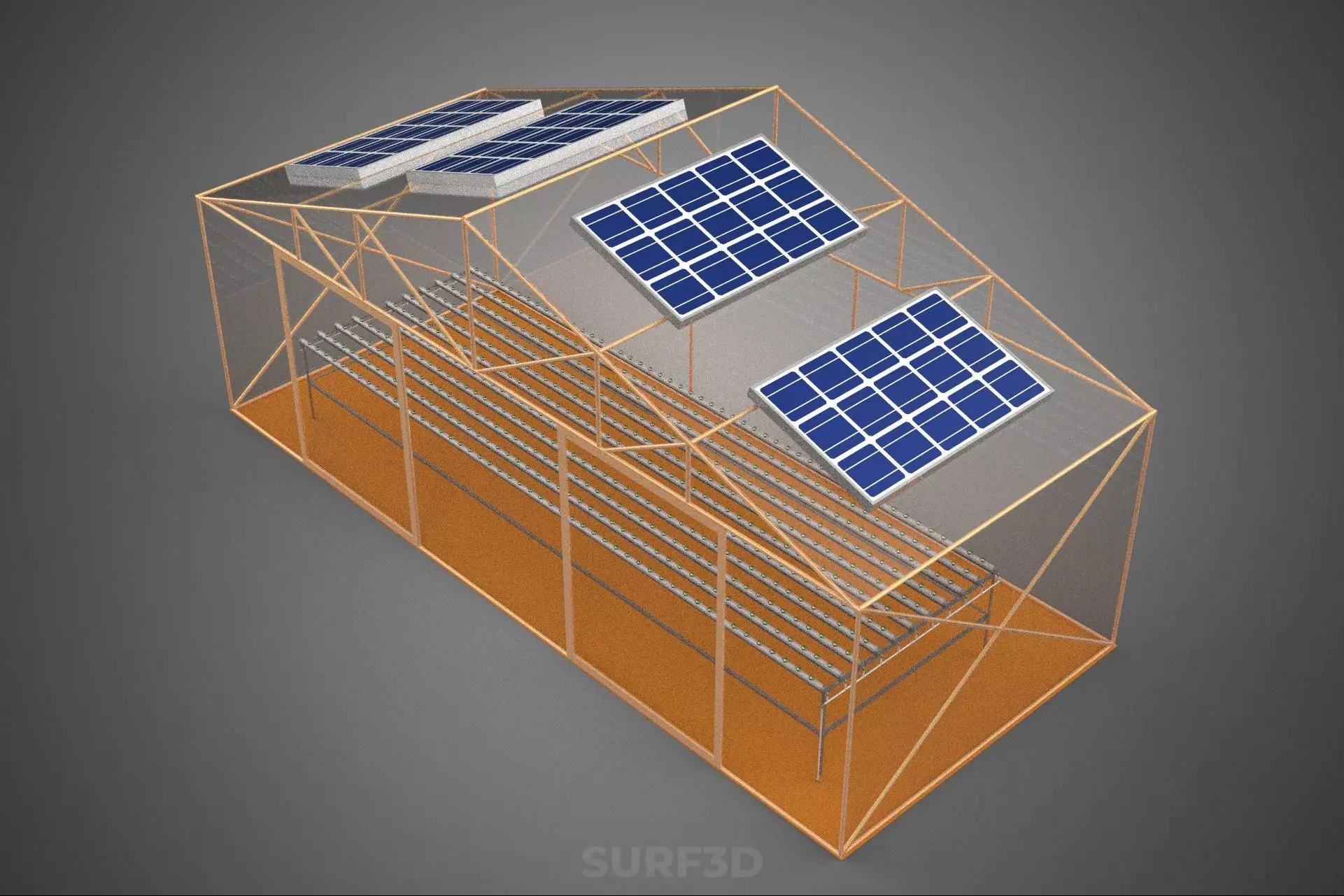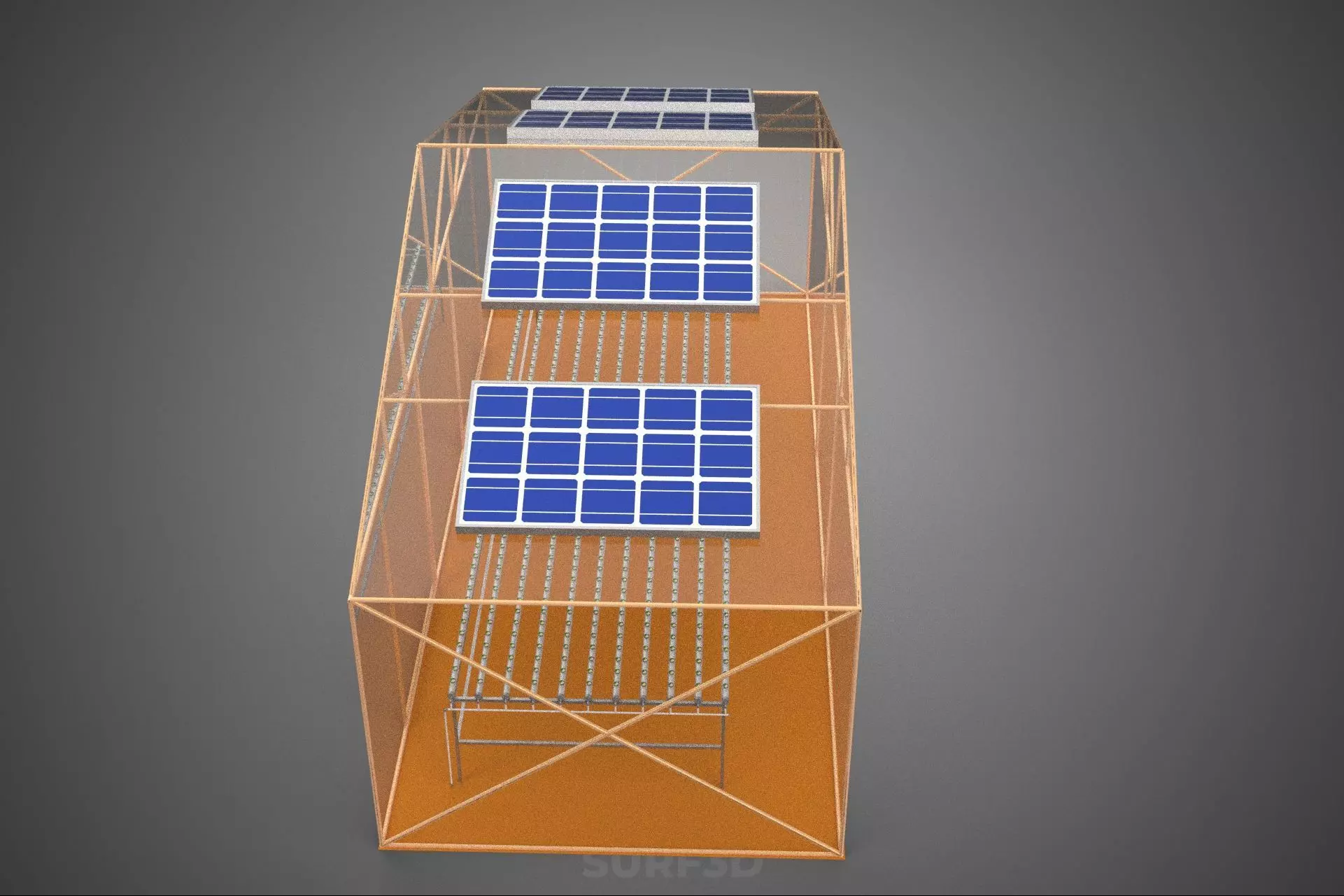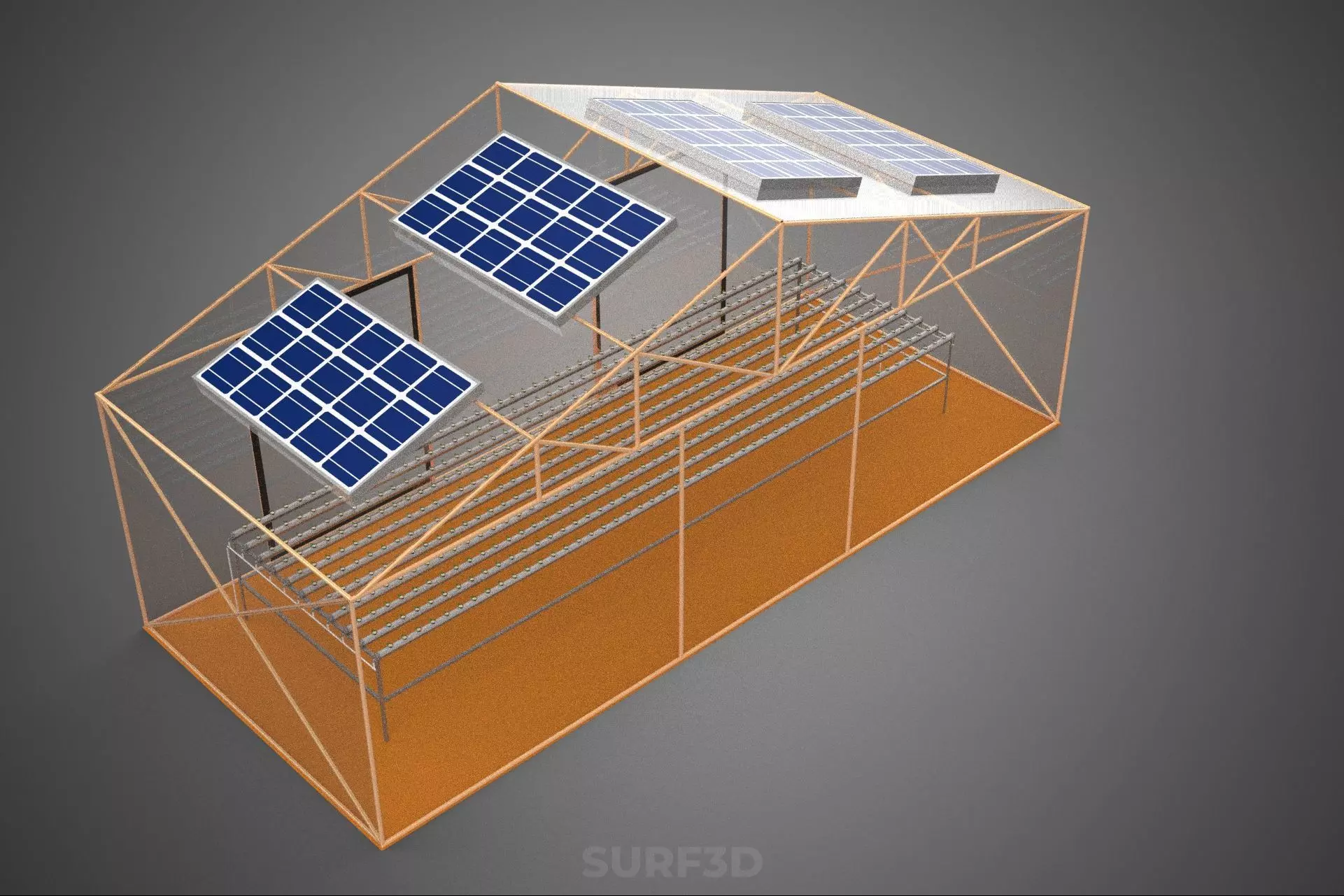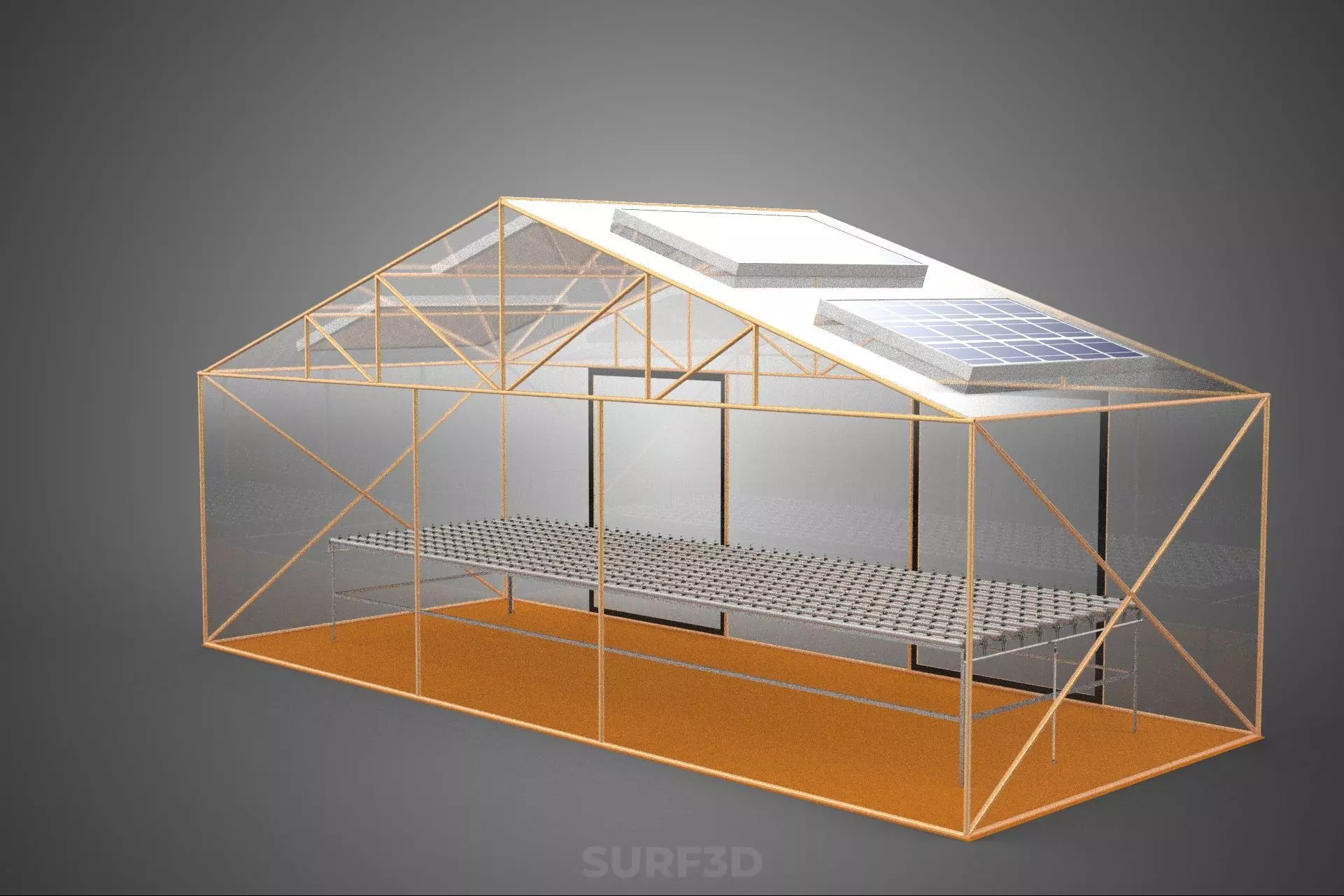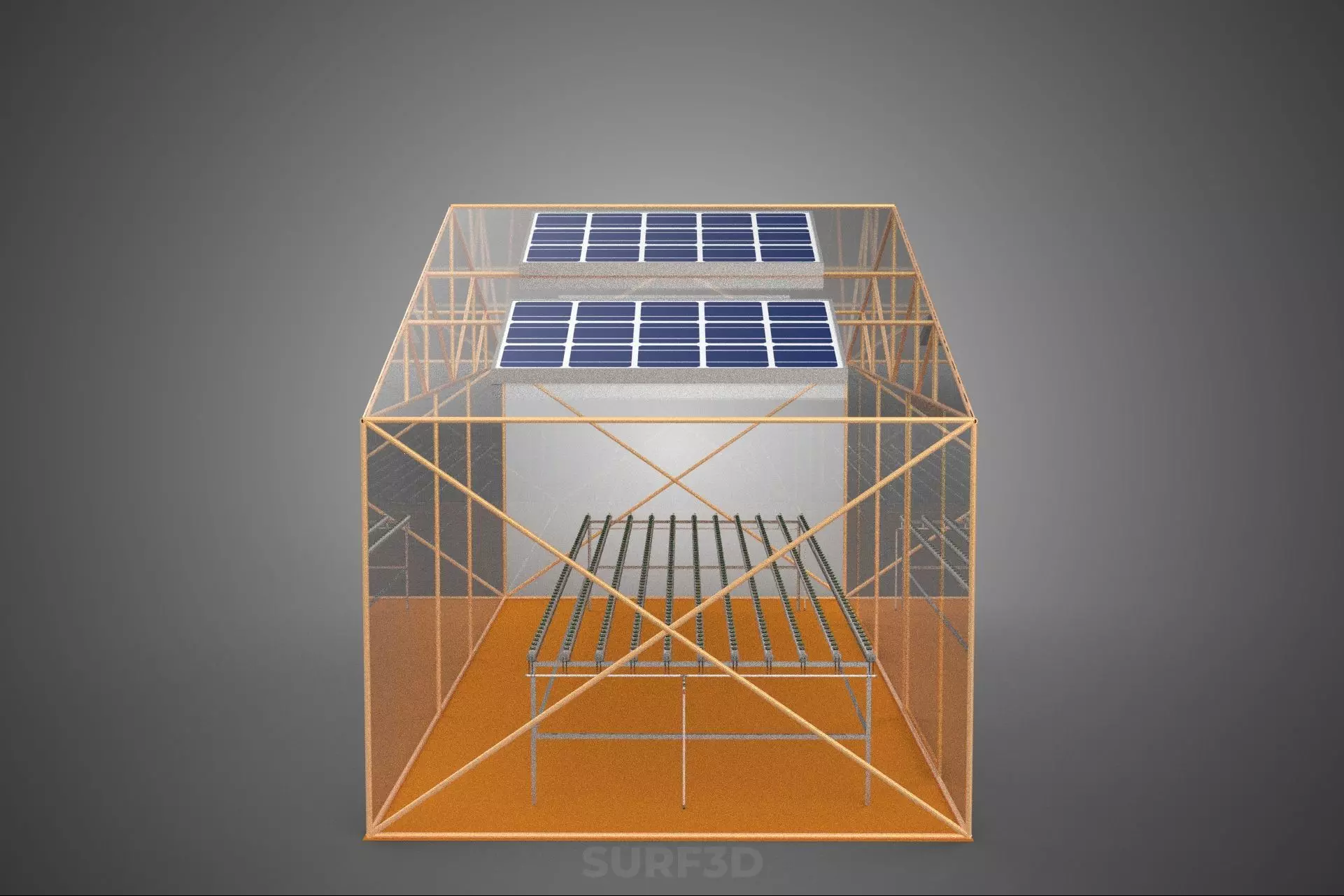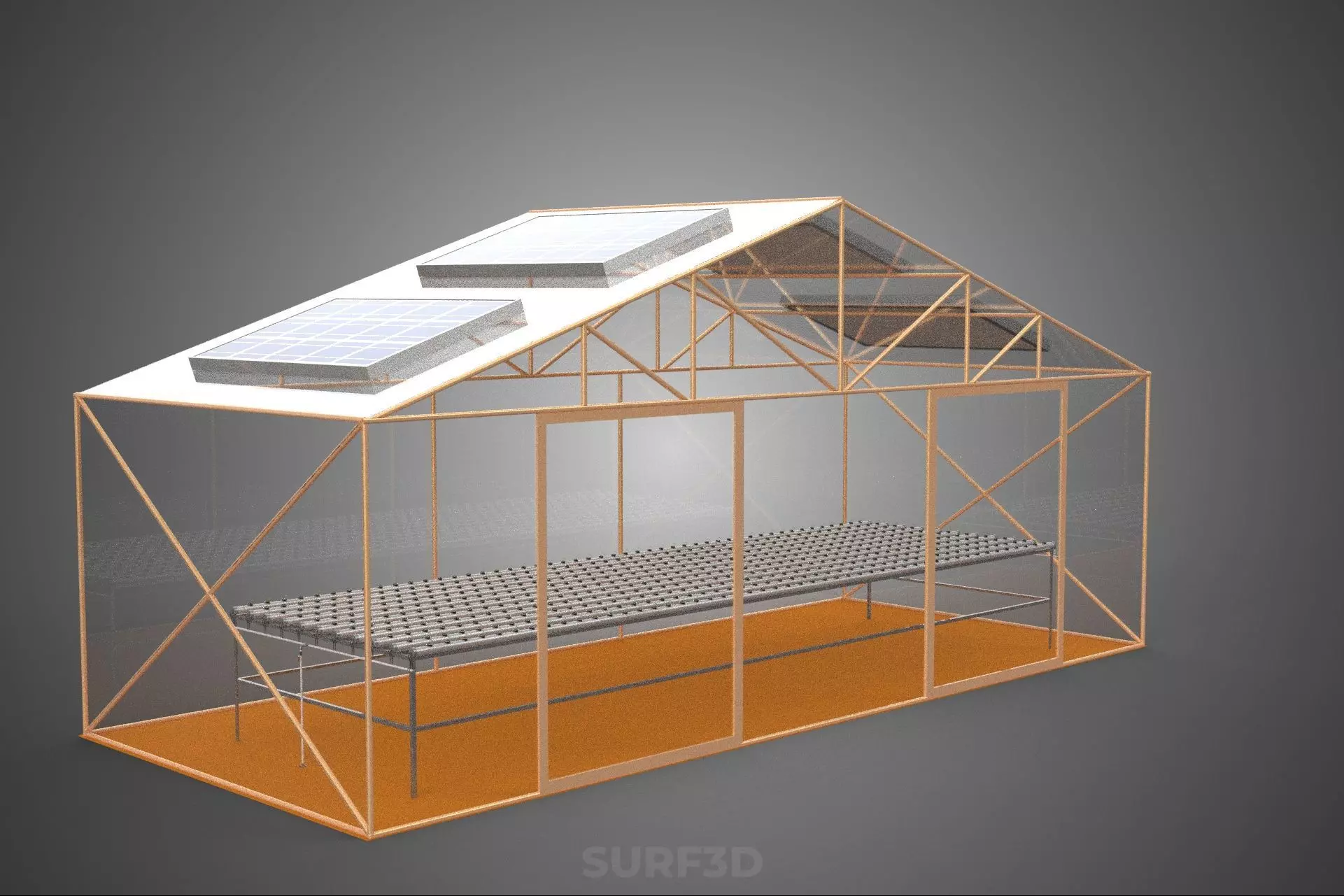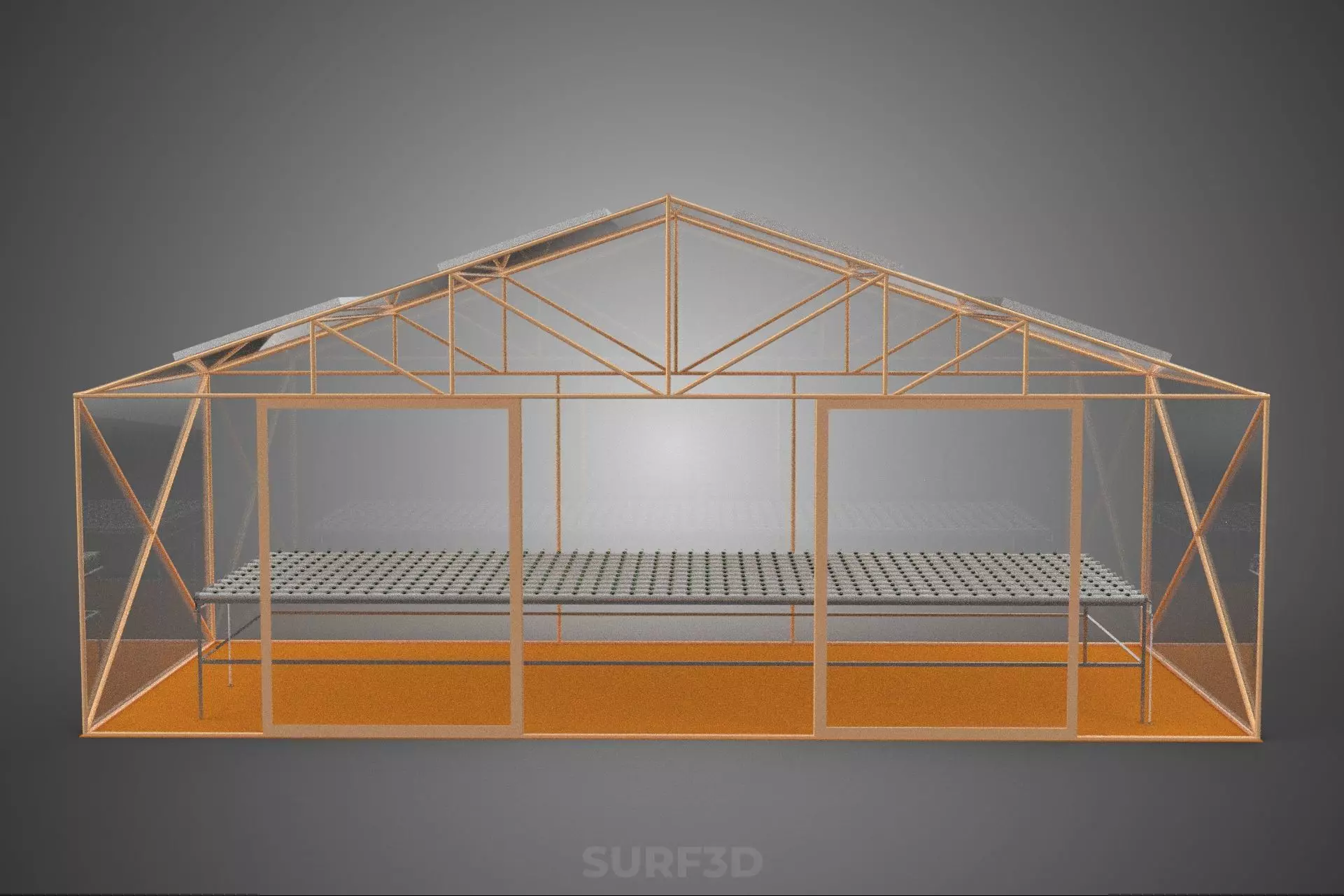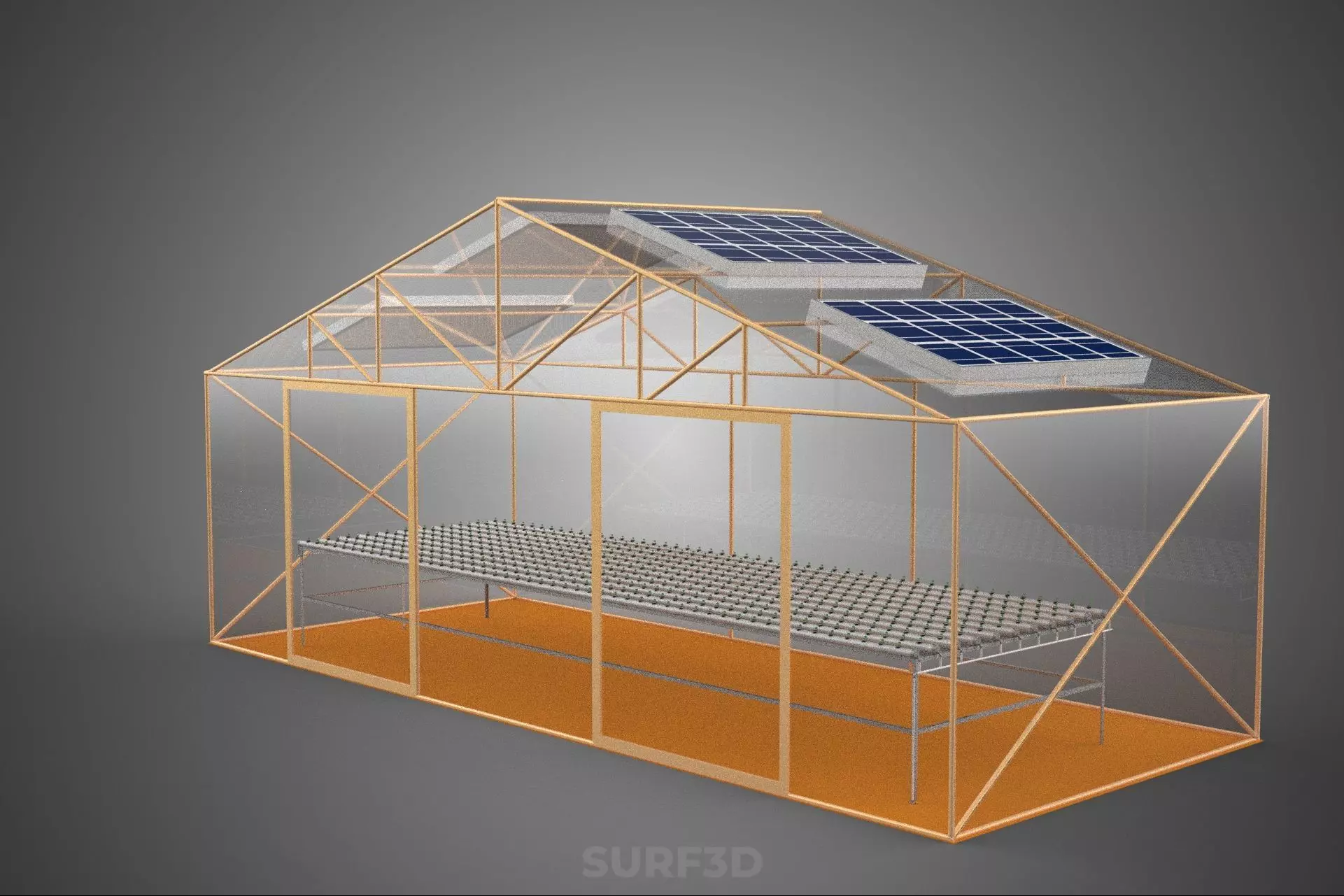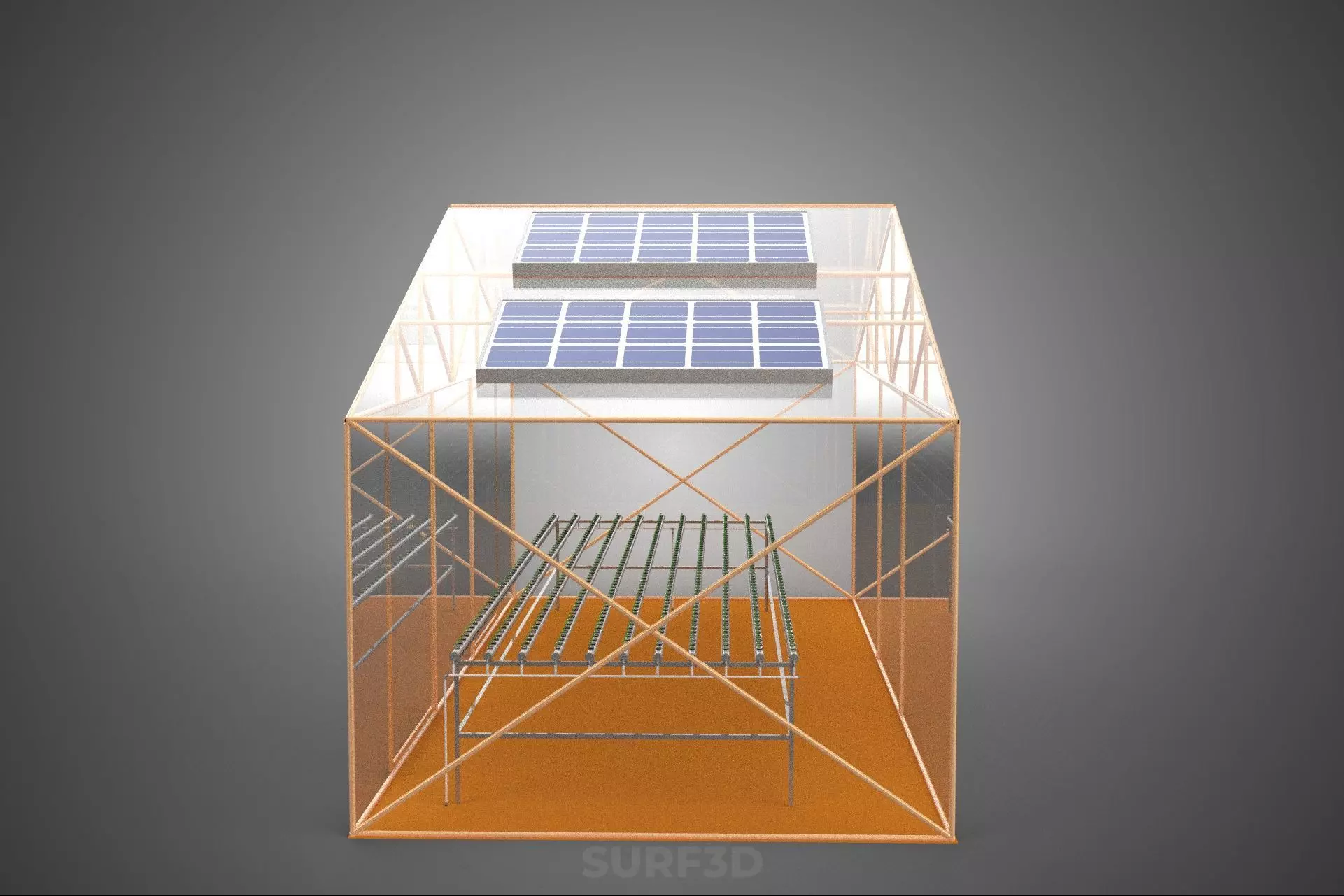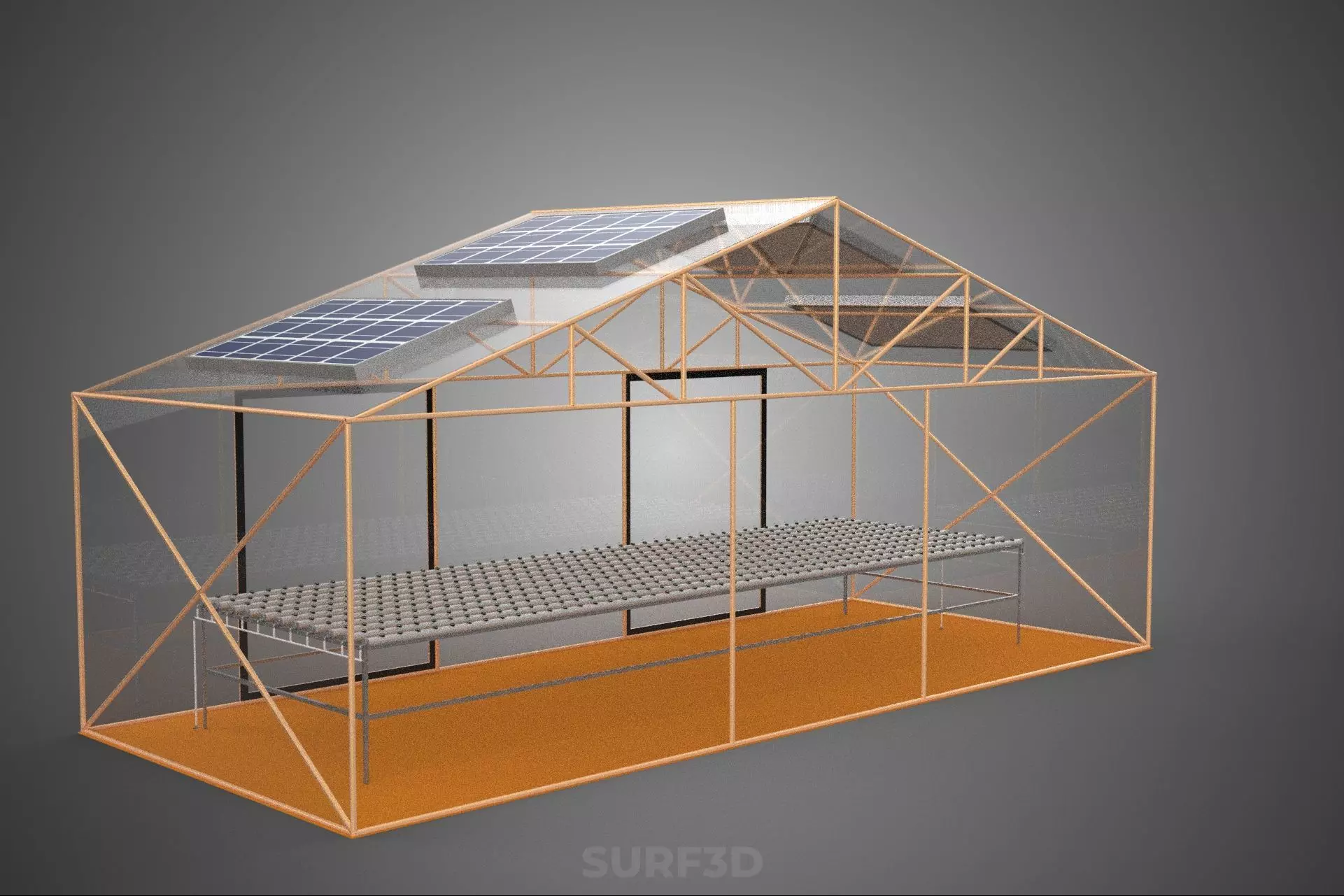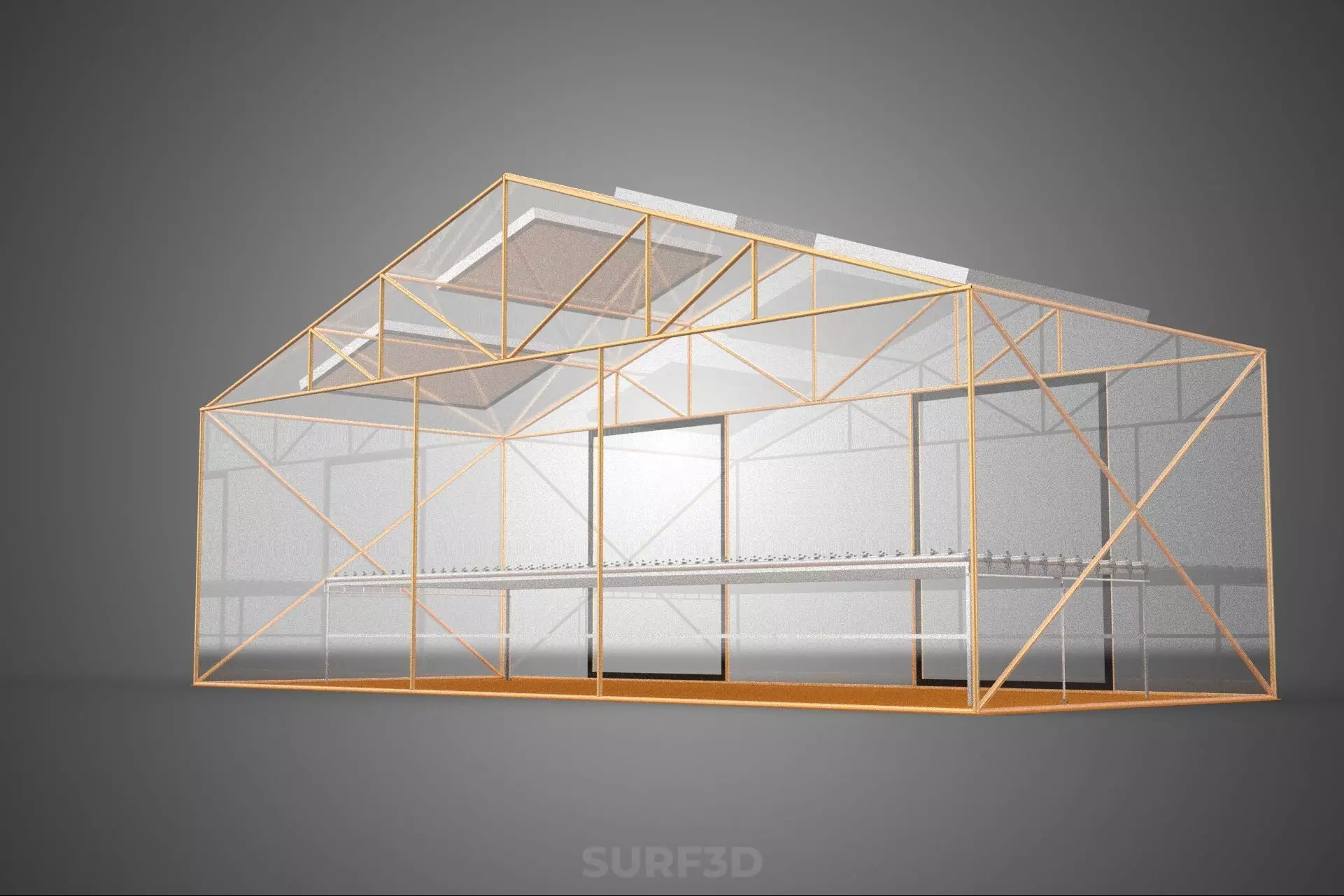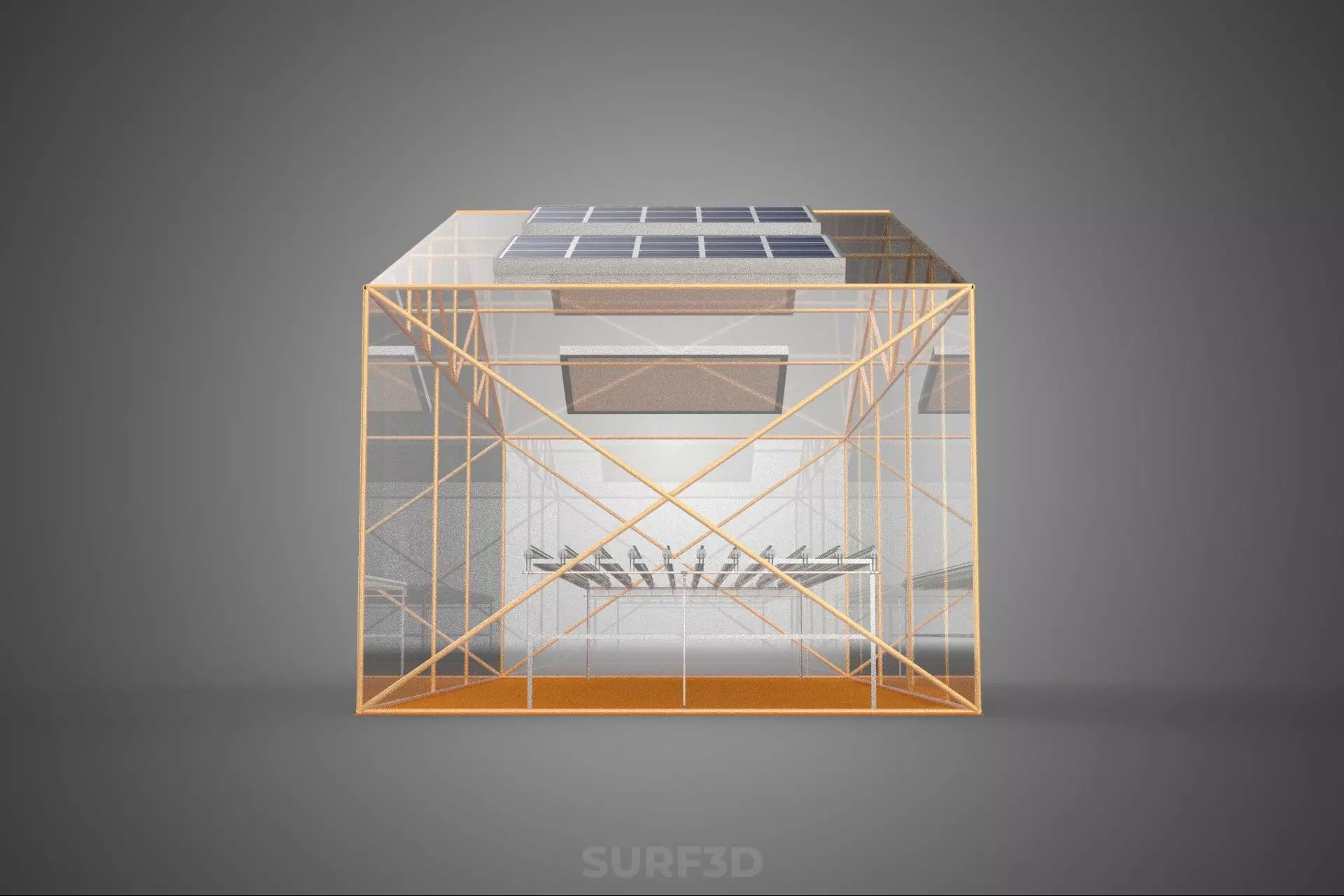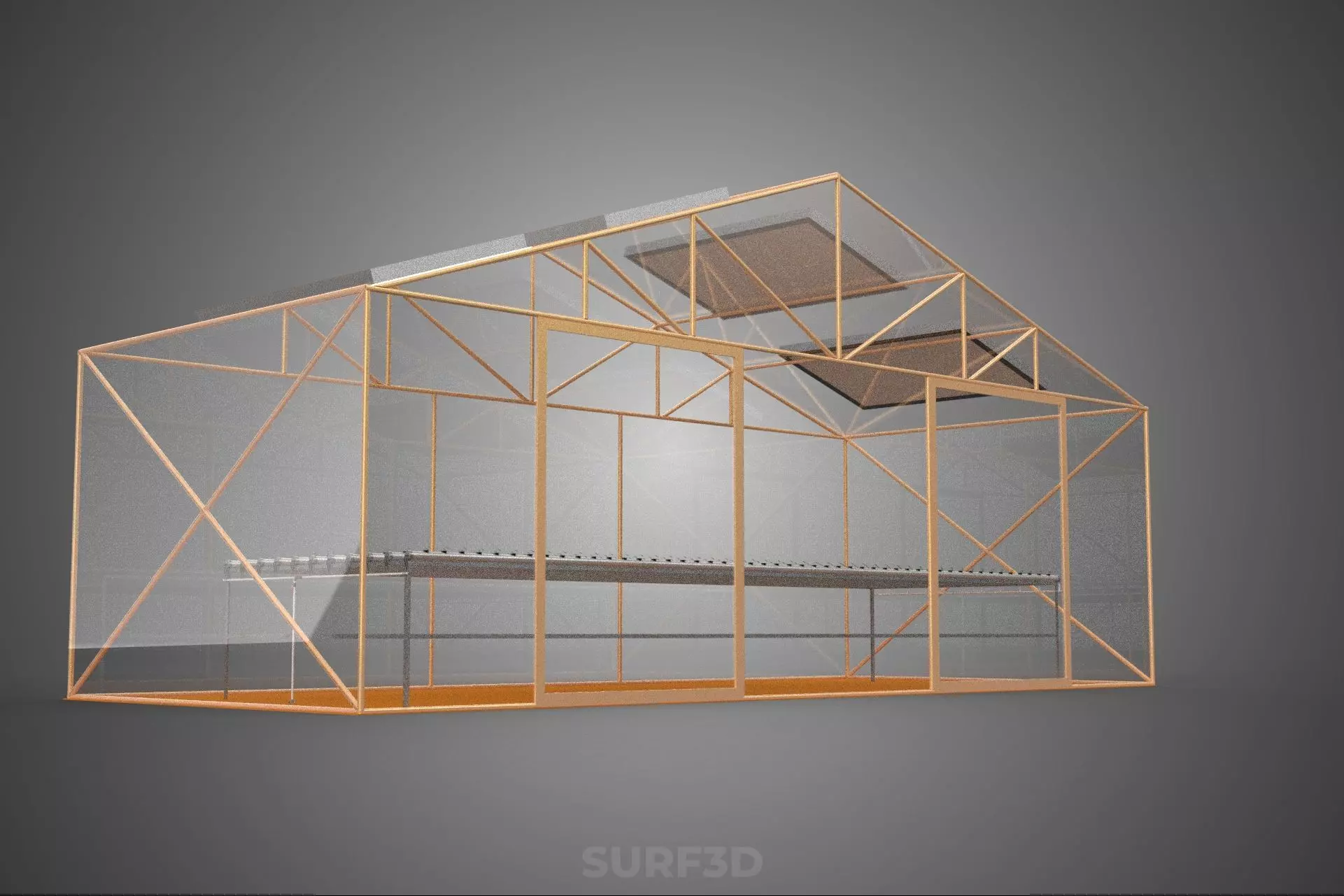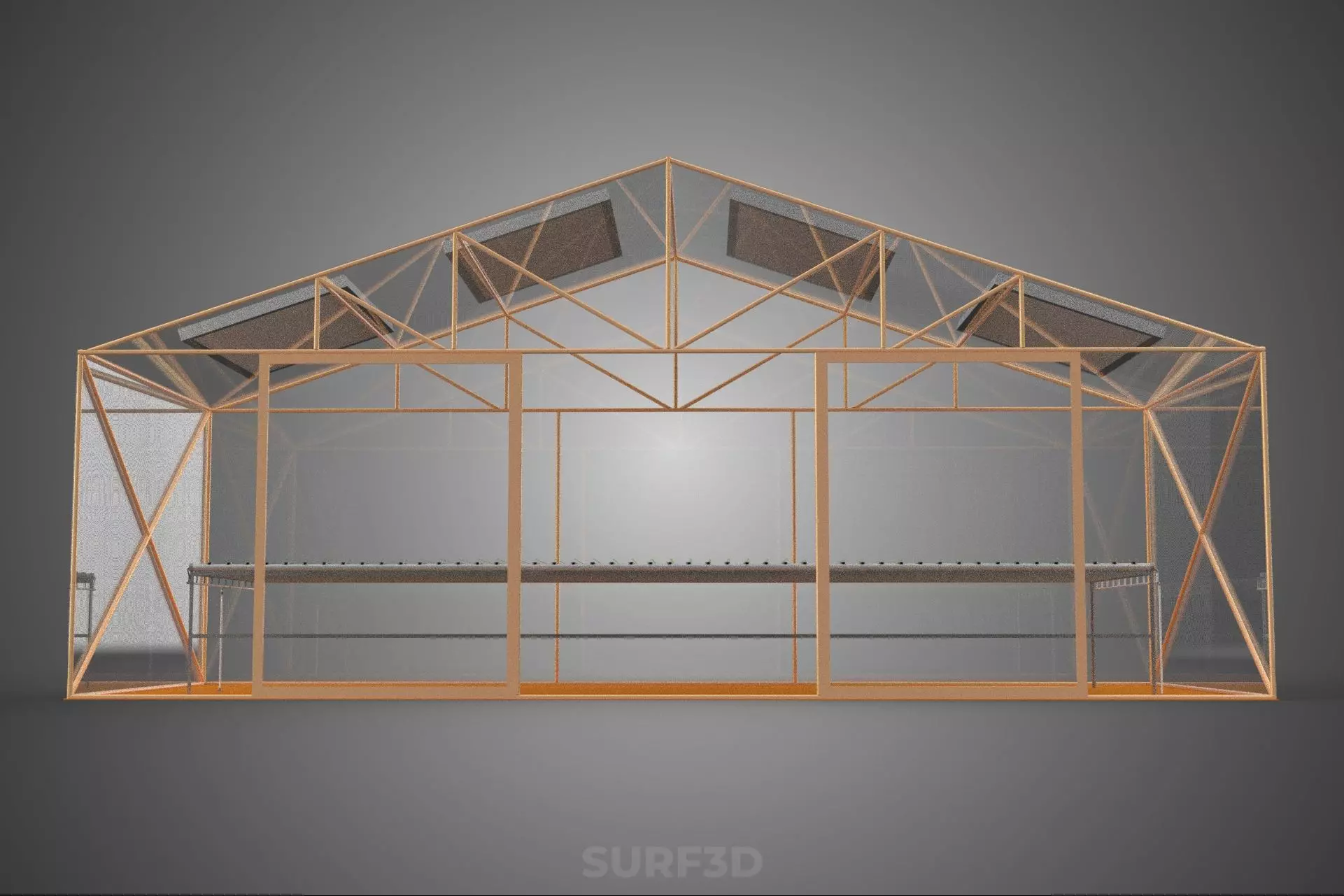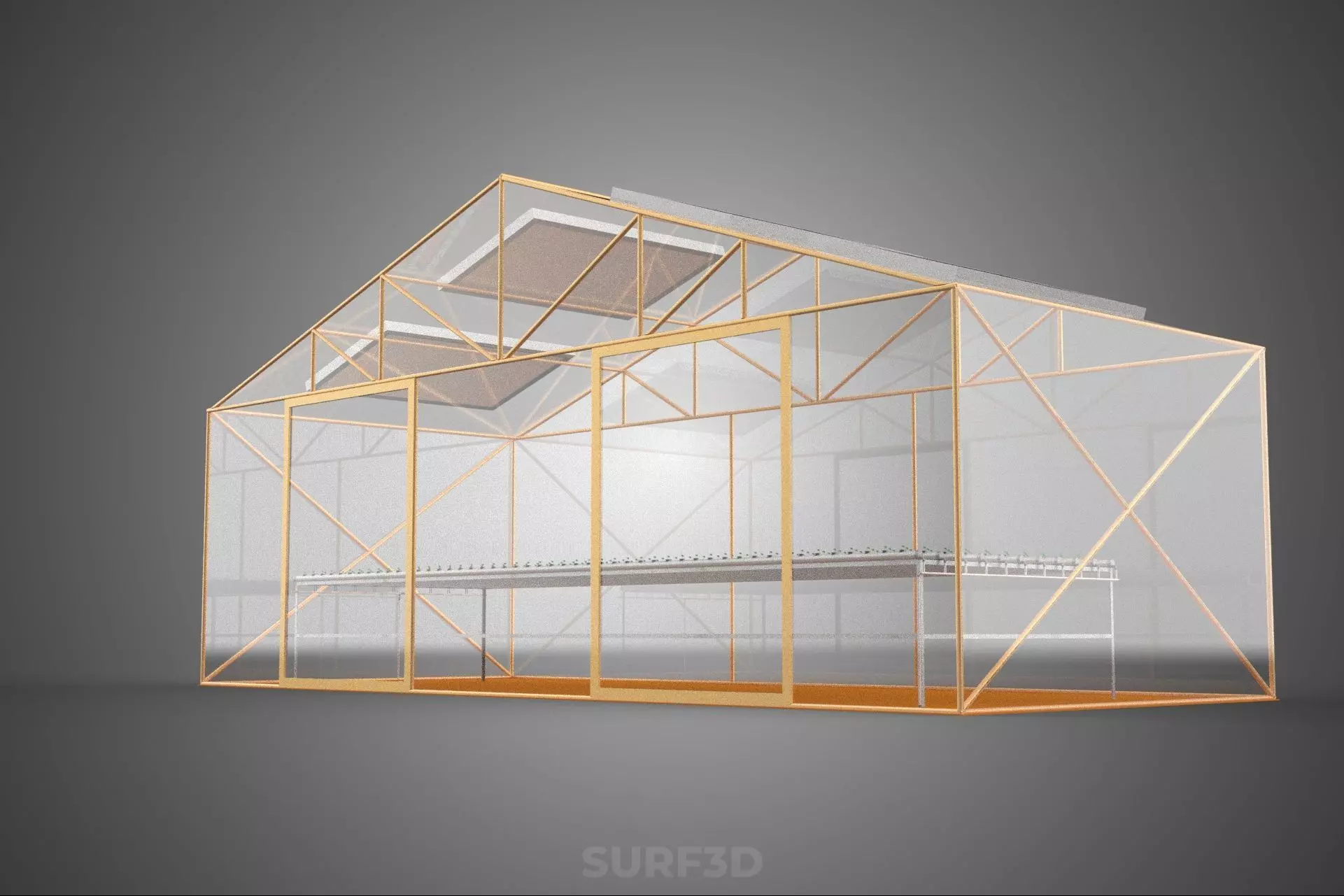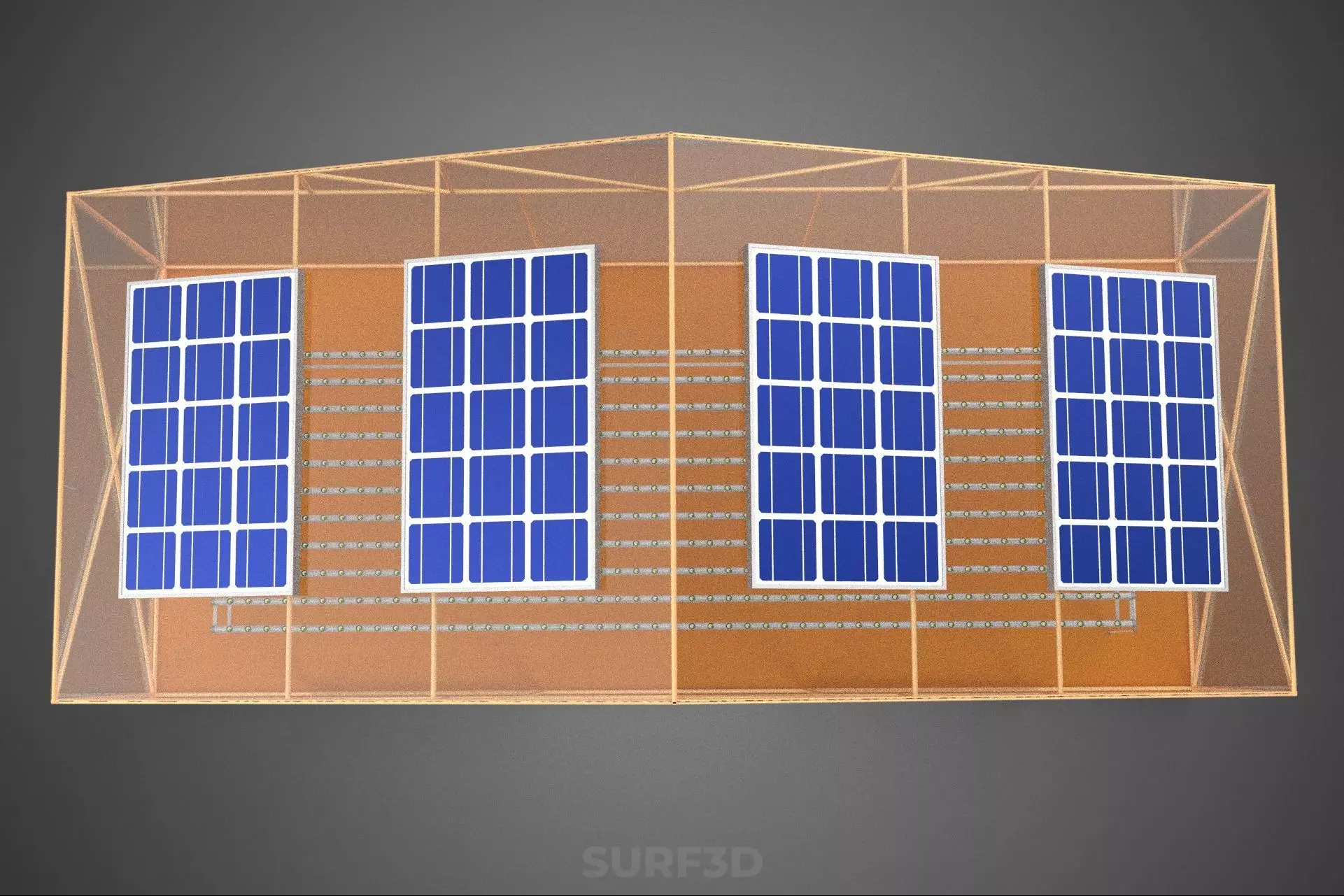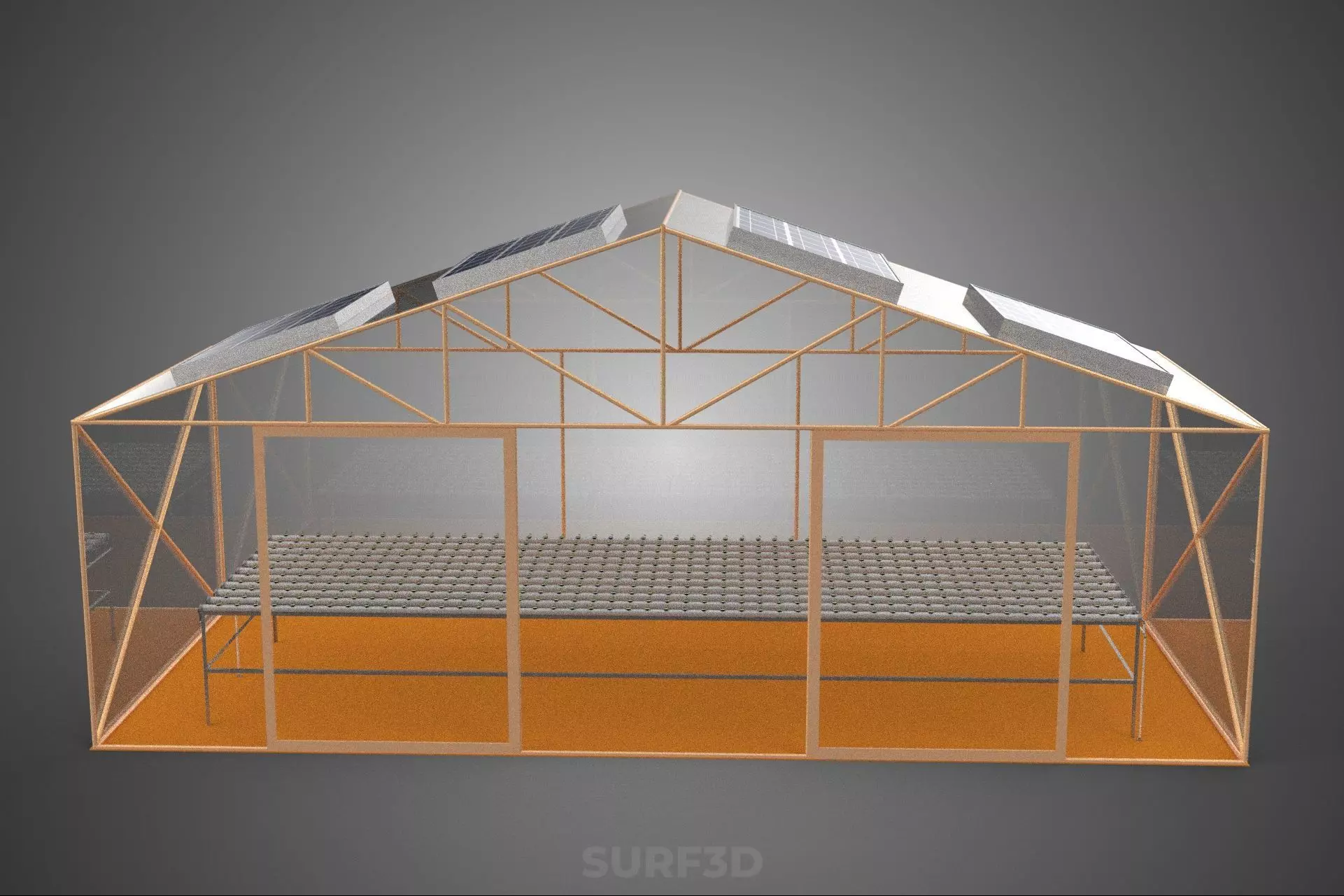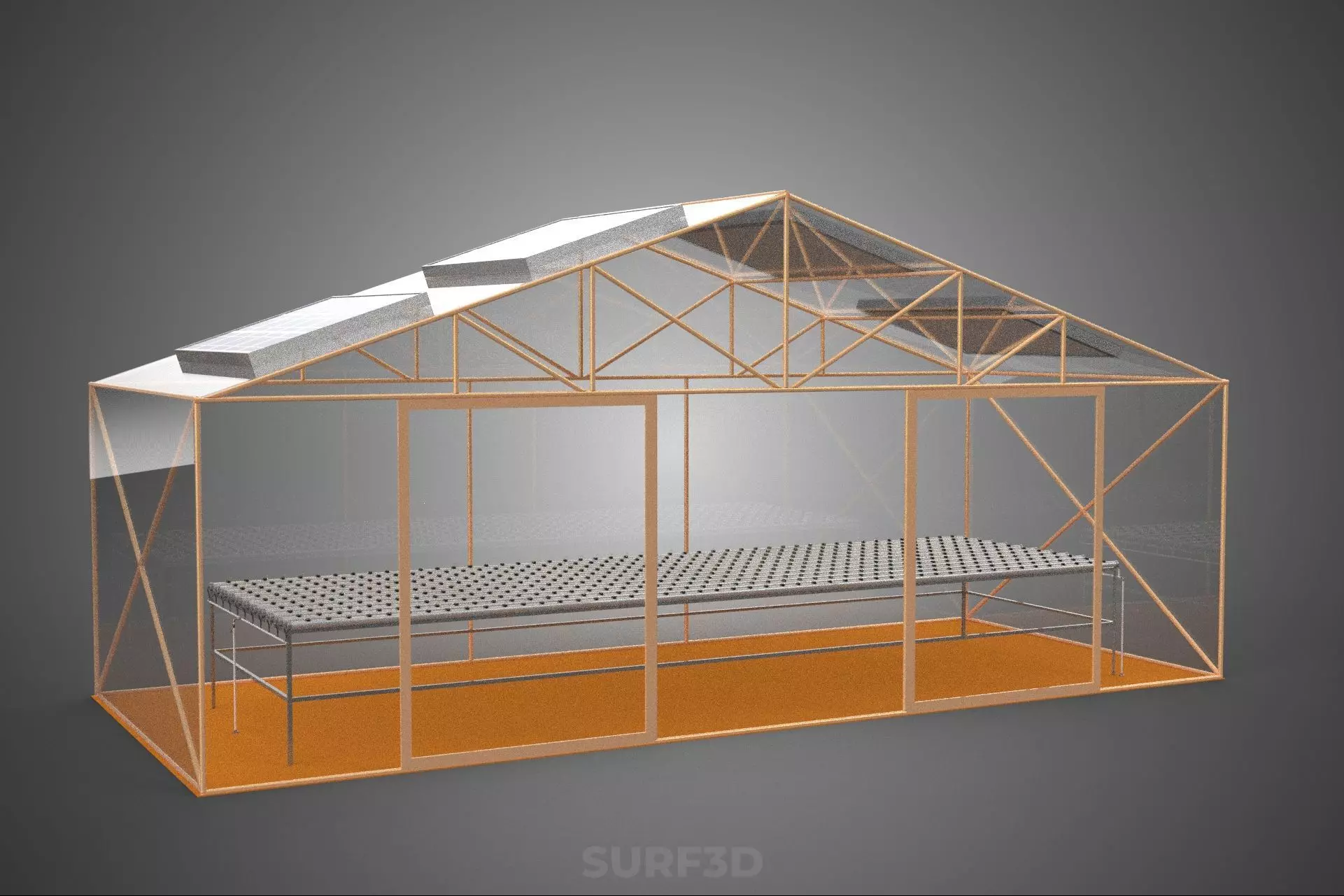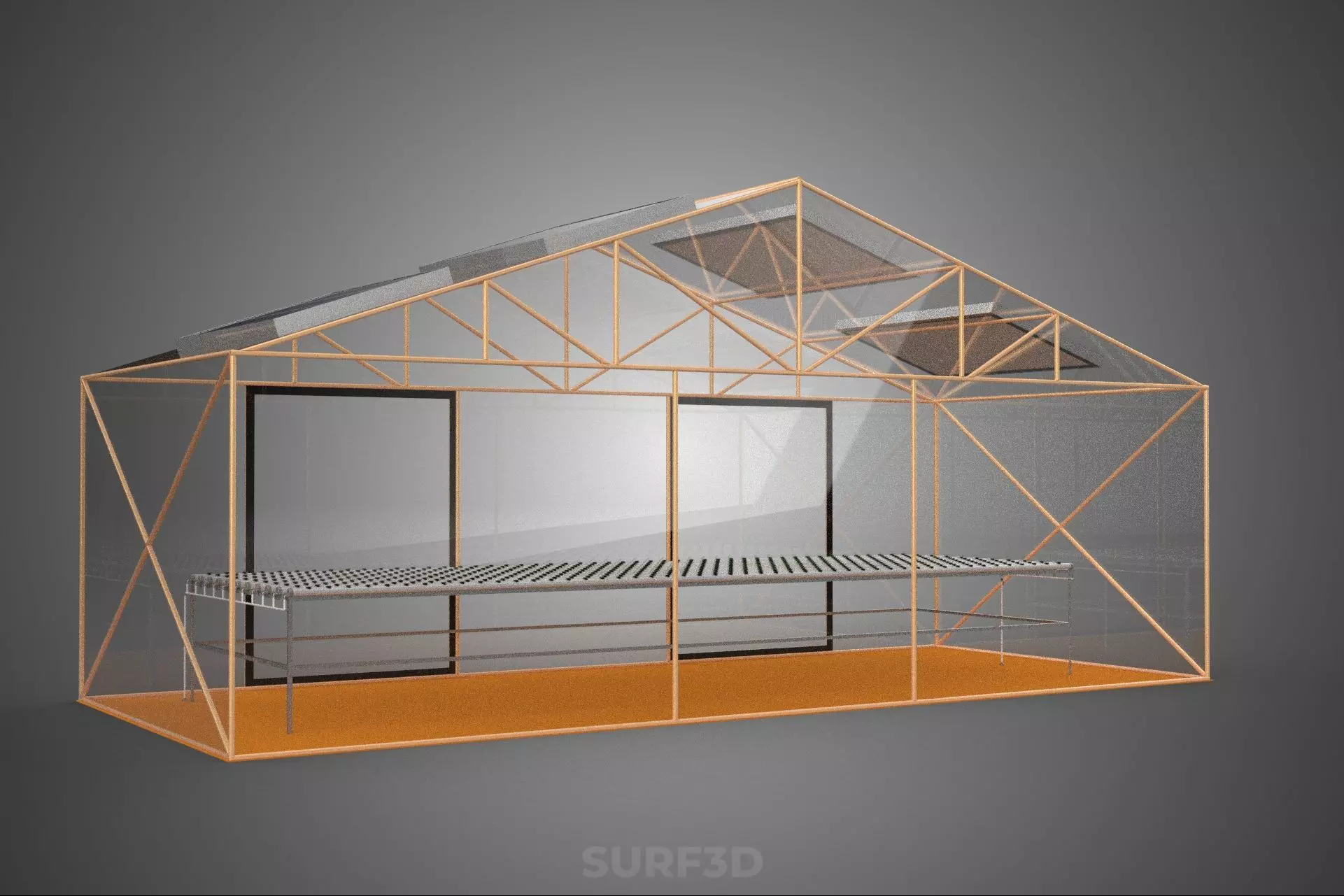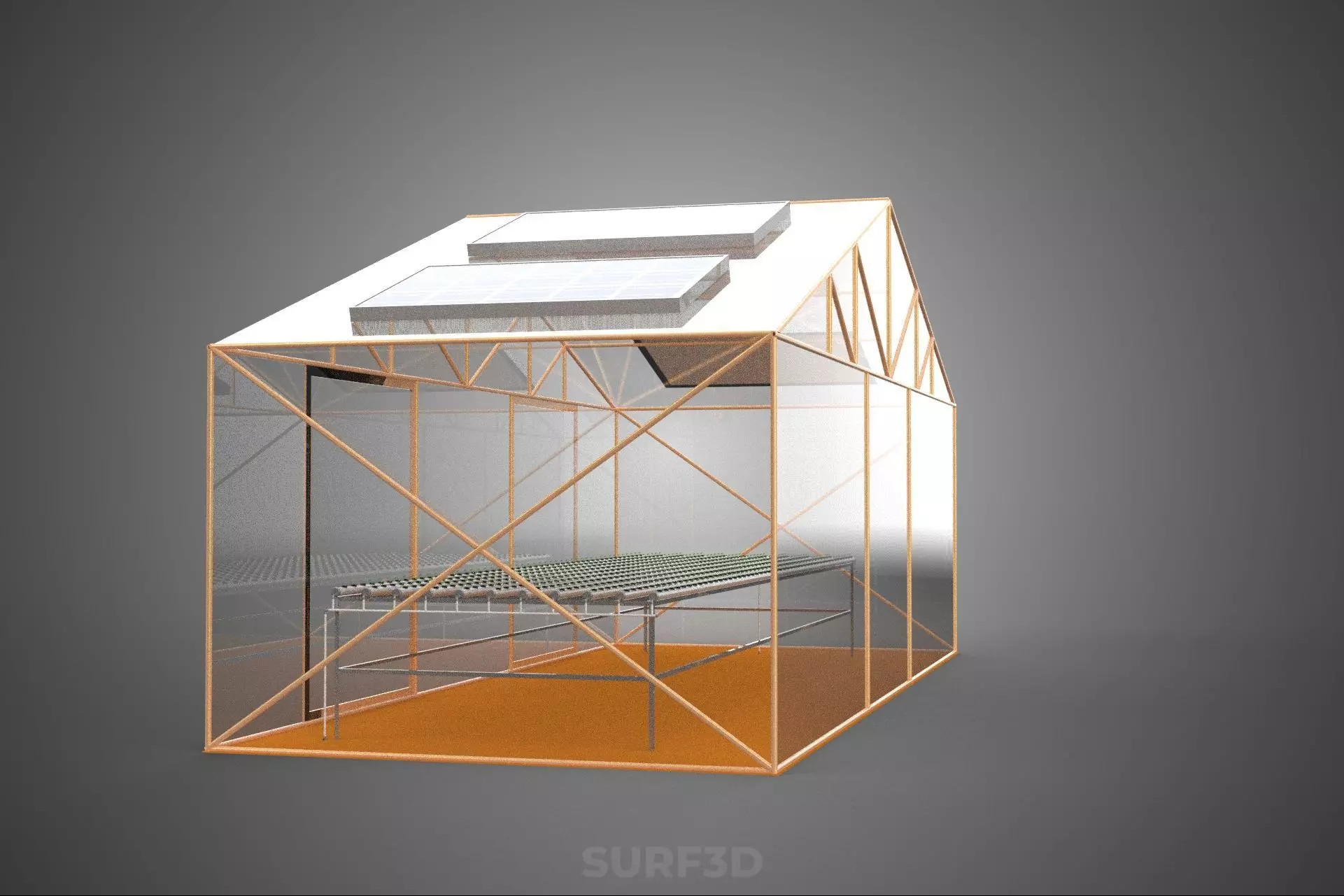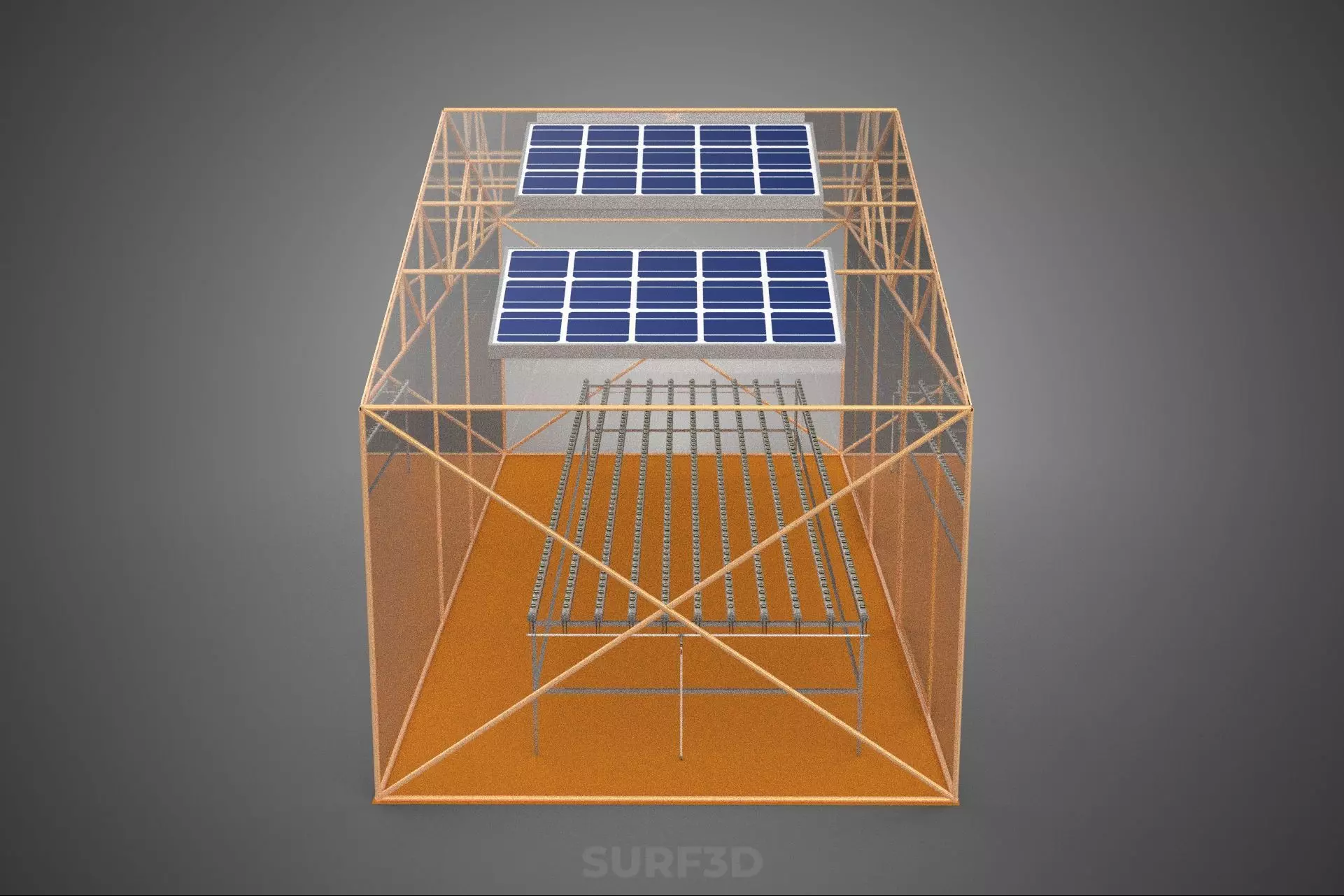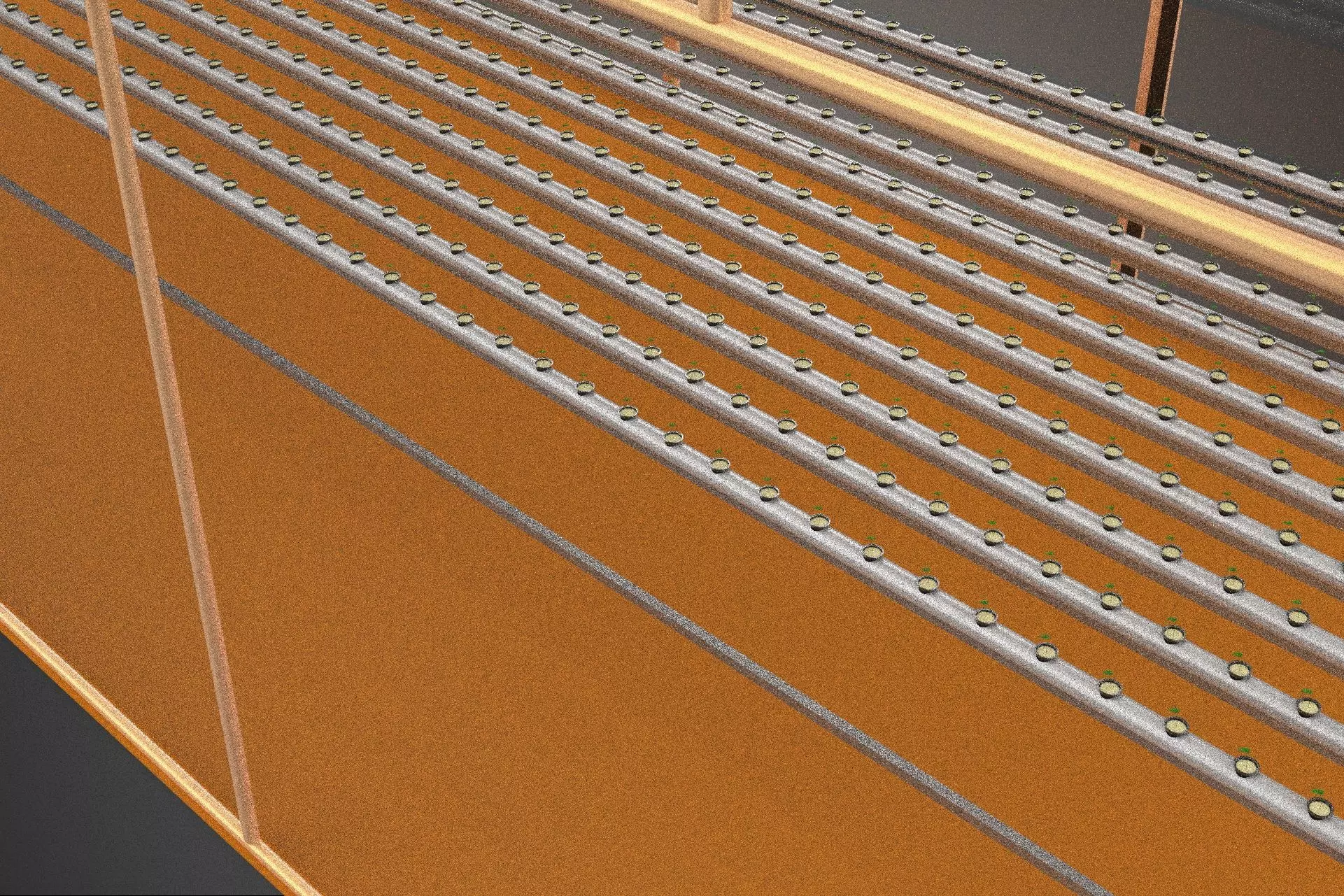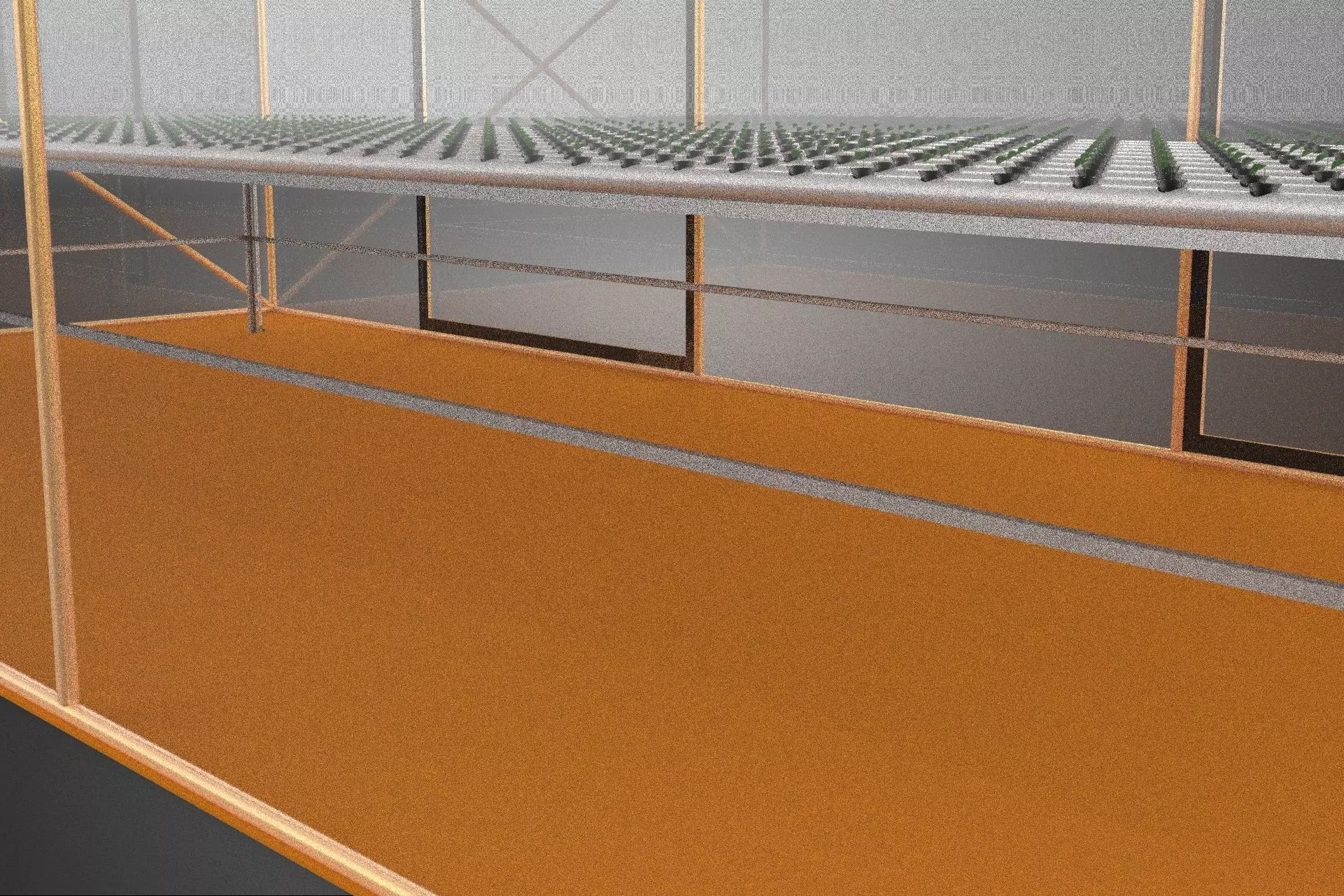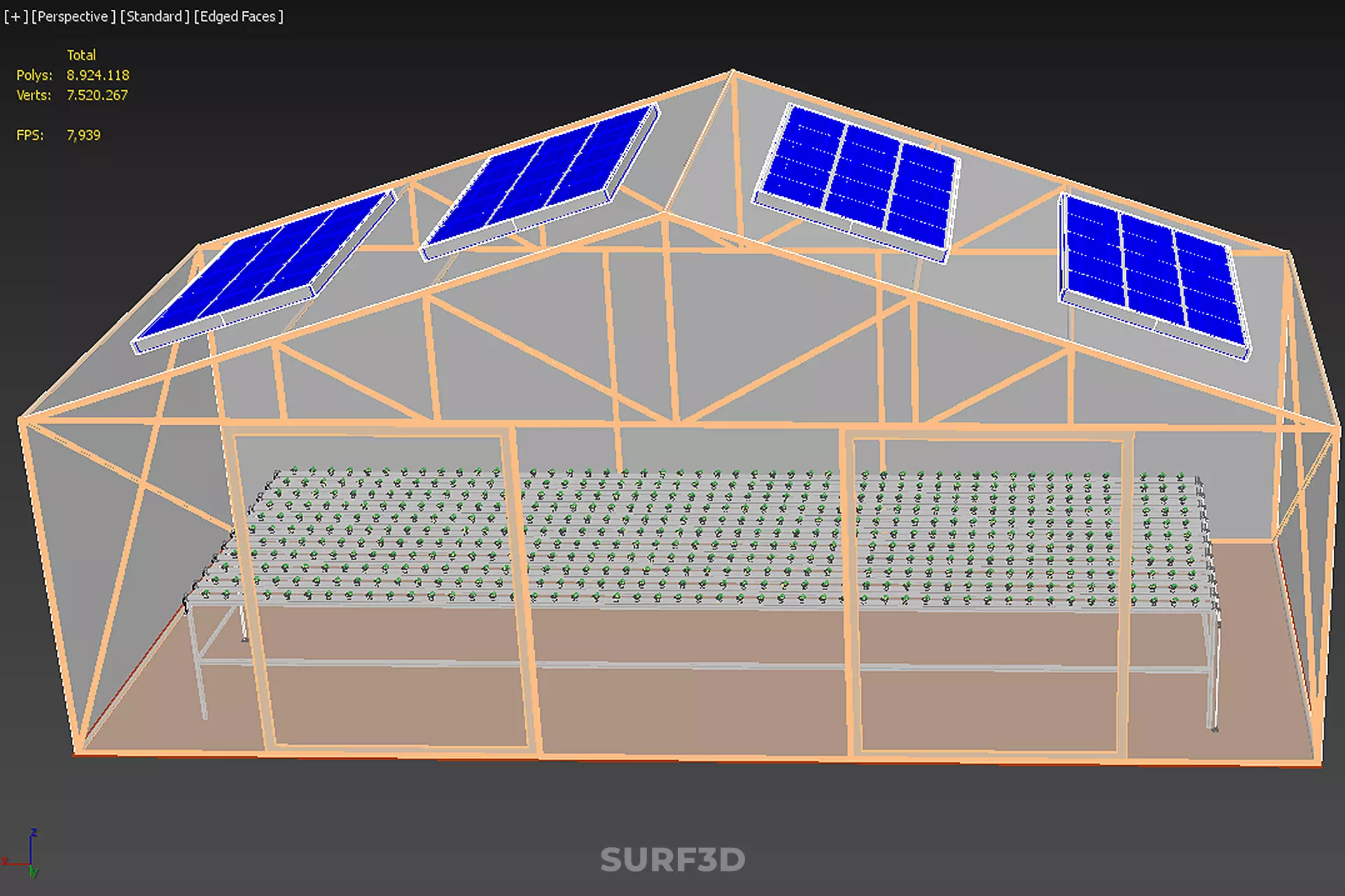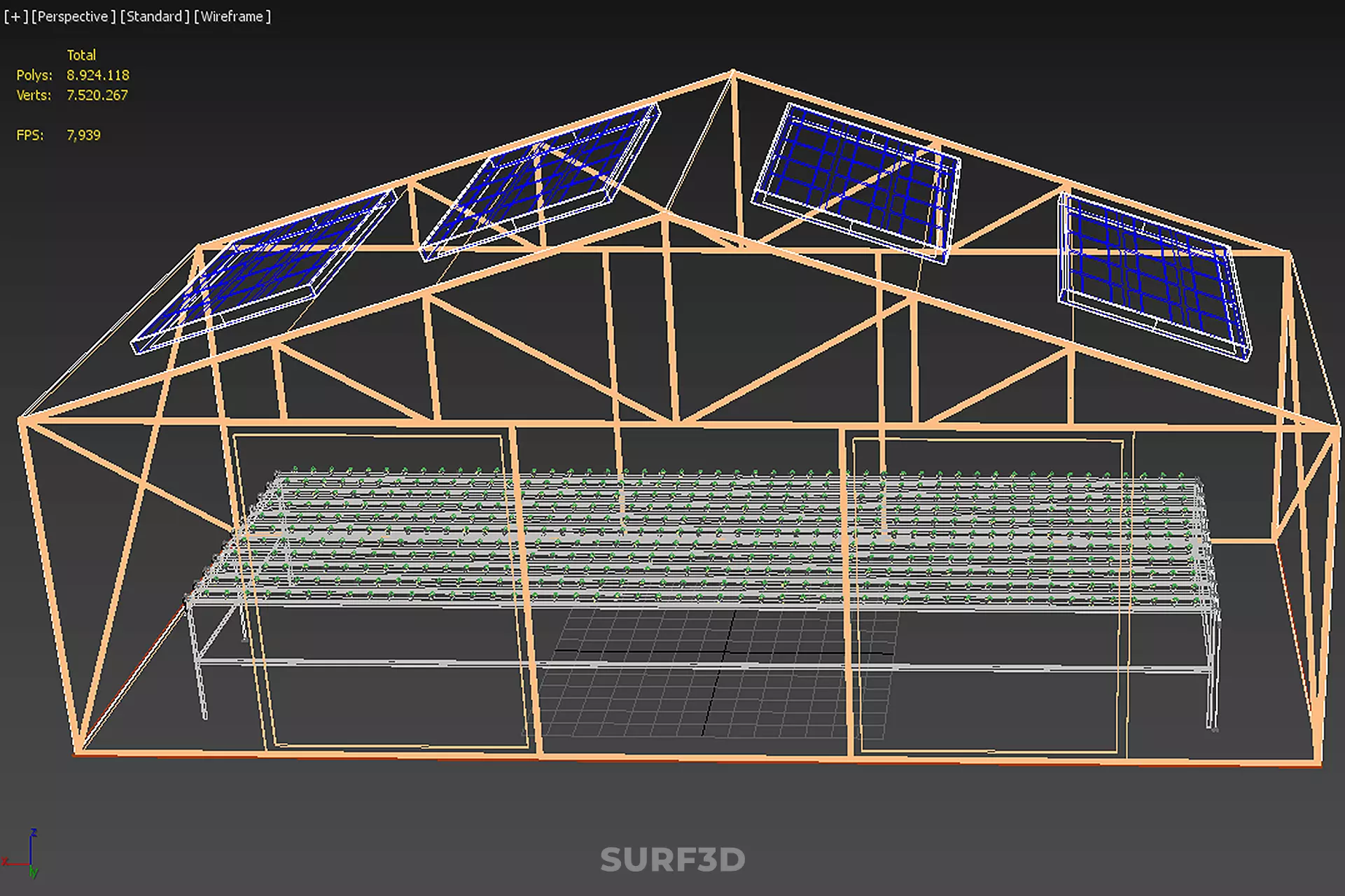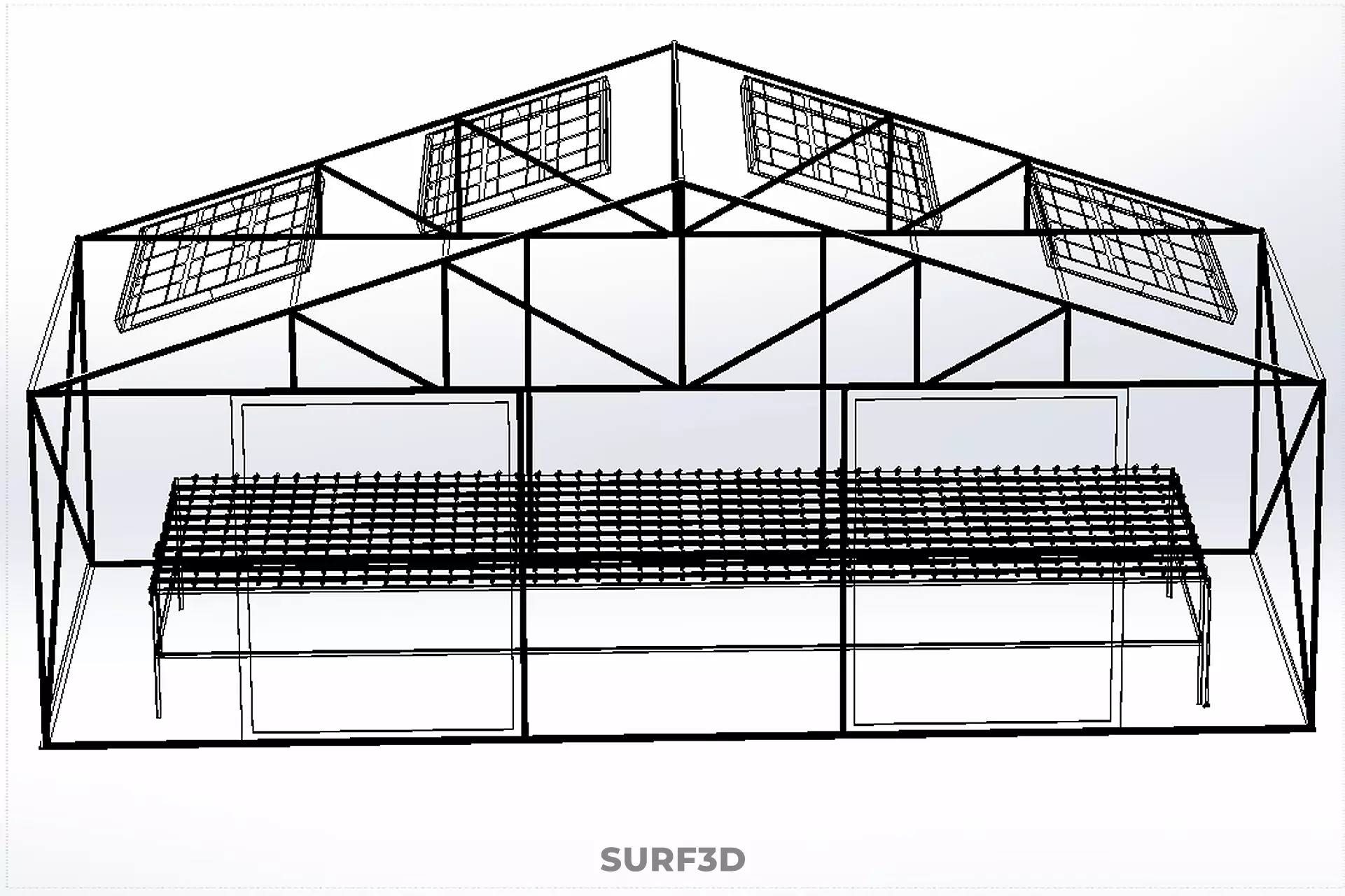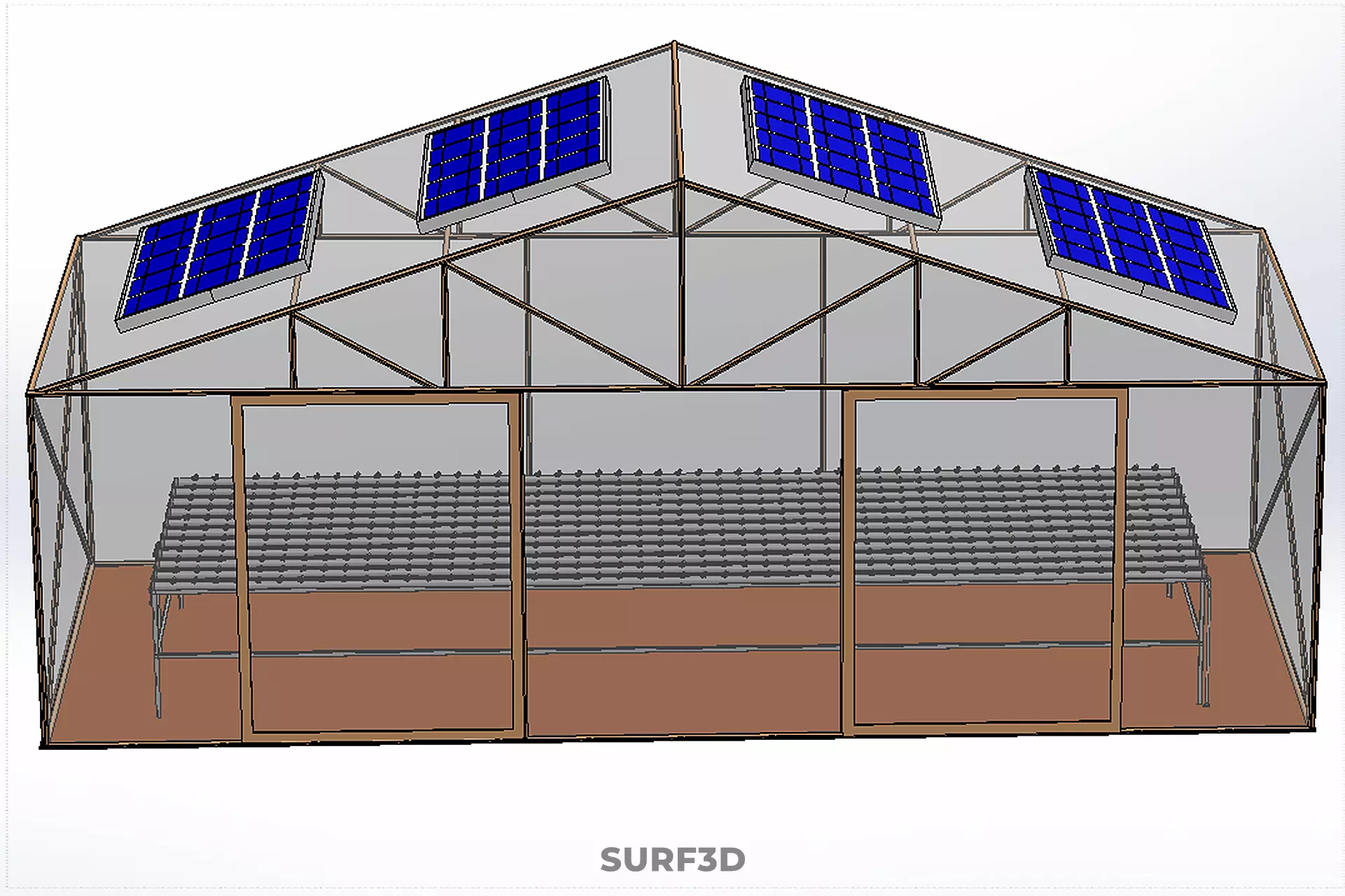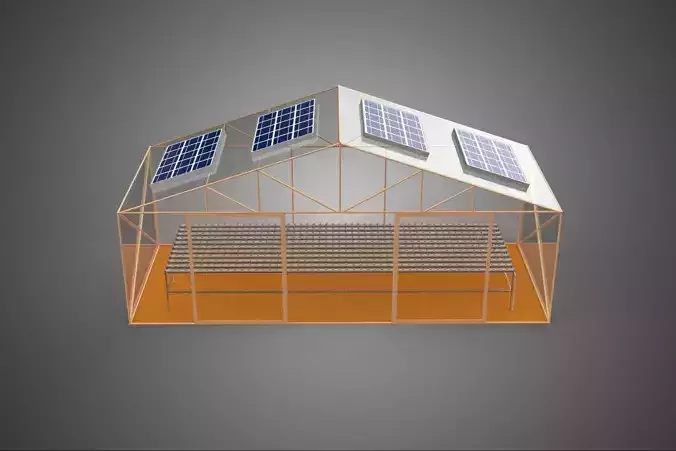
INDOOR SOLAR PANEL HYDROPONIC GREENHOUSE GLASSHOUSE FARM GARDEN 3D model
High-quality 3D assets at affordable prices — trusted by designers, engineers, and creators worldwide. Made with care to be versatile, accessible, and ready for your pipeline.
Included File Formats
This model is provided in 14 widely supported formats, ensuring maximum compatibility:
• - FBX (.fbx) – Standard format for most 3D software and pipelines
• - OBJ + MTL (.obj, .mtl) – Wavefront format, widely used and compatible
• - STL (.stl) – Exported mesh geometry; may be suitable for 3D printing with adjustments
• - STEP (.step, .stp) – CAD format using NURBS surfaces
• - IGES (.iges, .igs) – Common format for CAD/CAM and engineering workflows (NURBS)
• - SAT (.sat) – ACIS solid model format (NURBS)
• - DAE (.dae) – Collada format for 3D applications and animations
• - glTF (.glb) – Modern, lightweight format for web, AR, and real-time engines
• - 3DS (.3ds) – Legacy format with broad software support
• - 3ds Max (.max) – Provided for 3ds Max users
• - Blender (.blend) – Provided for Blender users
• - SketchUp (.skp) – Compatible with all SketchUp versions
• - AutoCAD (.dwg) – Suitable for technical and architectural workflows
• - Rhino (.3dm) – Provided for Rhino users
Model Info
• - All files are checked and tested for integrity and correct content
• - Geometry uses real-world scale; model resolution varies depending on the product (high or low poly)
• • - Scene setup and mesh structure may vary depending on model complexity
• - Rendered using Luxion KeyShot
• - Affordable price with professional detailing
Buy with confidence. Quality and compatibility guaranteed.
If you have any questions about the file formats, feel free to send us a message — we're happy to assist you!
Sincerely,
SURF3D
Trusted source for professional and affordable 3D models.
More Information About 3D Model :
The Indoor Solar Panel Hydroponic Greenhouse/Glasshouse Farm Garden (ISPHGGFG) refers to an integrated, controlled-environment agriculture (CEA) system designed for optimized crop production within a structurally enclosed space, typically a greenhouse or a purpose-built glasshouse. This system utilizes photovoltaic (PV) solar panels mounted either externally or integrated into the structure itself to provide auxiliary power, primarily for operational components such as water pumps, ventilation systems, LED grow lights, and environmental control units. The defining characteristic is the coupling of solar power generation with sophisticated hydroponic cultivation methods in an indoor setting.
The title combines several distinct technological and spatial concepts:
- Indoor/Glasshouse/Greenhouse Farm Garden: Denotes a facility where crops are cultivated entirely within a controlled, protective structure. While greenhouse implies a structure primarily using transparent materials for passive solar heating, glasshouse often denotes a more industrial or highly engineered structure. Indoor Farm emphasizes the high degree of environmental control achievable, regardless of external climate.
- Solar Panel: Specifies the primary method of renewable energy capture used to offset the electrical load of the system.
- Hydroponic: Defines the cultivation technique, where plants are grown without soil, using mineral nutrient solutions dissolved in water. Common methods include Deep Water Culture (DWC), Nutrient Film Technique (NFT), Aeroponics, and Drip systems.
The ISPHGGFG fundamentally aims to maximize resource efficiency (water, nutrients, energy) and yield consistency, decoupling agricultural output from unpredictable outdoor climate and soil conditions, while simultaneously reducing reliance on grid electricity.
### System Architecture and Components
The ISPHGGFG operates as a cohesive unit comprising several critical subsystems:
#### 1. Structural Enclosure (Greenhouse/Glasshouse)
The structure is engineered to maximize natural light penetration while maintaining thermal integrity. Materials typically include horticultural glass or polycarbonate sheeting. Modern installations often incorporate semi-transparent or opaque photovoltaic panels integrated into the roof or shading systems (Building-Integrated Photovoltaics, BIPV).
#### 2. Power Generation and Management
- Photovoltaic (PV) Array: Solar panels (crystalline silicon, thin-film, etc.) capture solar irradiation. The orientation and tilt are optimized based on geographical location.
- Inverter and Charge Controllers: Convert DC electricity from the panels into usable AC power for equipment and manage charging of battery banks, which provide power stability and nighttime operation capability.
- Auxiliary Power: Grid connectivity or backup generators are often maintained to ensure continuous operation, especially during prolonged low-light periods.
#### 3. Hydroponic Cultivation System
This subsystem manages nutrient delivery and water recycling:
- Reservoirs and Nutrient Dosing: Tanks store and manage the nutrient solution (macro and micronutrients). Automated dosing systems monitor and adjust pH, Electrical Conductivity (EC), and dissolved oxygen levels in real time.
- Delivery Infrastructure: Pumps (powered by the PV system) circulate the nutrient solution through pipes, channels, or inert growing media (e.g., rockwool, perlite).
- Water Recirculation: Hydroponic systems are closed-loop, minimizing water waste compared to traditional agriculture. Drainage water is sterilized, filtered, and re-enriched before reintroduction.
#### 4. Environmental Control System (ECS)
The ECS ensures optimal climate parameters for plant growth, often representing the largest electrical load managed by the solar system:
- Lighting: Supplemental LED grow lights (Light Emitting Diodes) are utilized to provide the specific Photosynthetically Active Radiation (PAR) spectrum required by the crop, particularly when natural light is insufficient.
- Temperature and Humidity: HVAC (Heating, Ventilation, and Air Conditioning) units, often supplemented by passive cooling (e.g., evaporative pads and fans), maintain the target temperature and relative humidity.
- Atmospheric Control: CO2 enrichment systems may be employed to boost photosynthetic efficiency.
### Operational Advantages and Sustainability
The integration of these technologies results in several key operational and environmental benefits:
- Resource Efficiency: Hydroponics reduces water consumption by up to 90% compared to soil farming. The solar power integration significantly reduces the reliance on fossil fuel-derived grid electricity, lowering operational carbon footprint.
- Yield Consistency and Density: The controlled environment mitigates risks from pests, diseases, and adverse weather, allowing for year-round production and higher yields per square meter (vertical farming integration is common).
- Location Independence: These systems can be situated in urban centers or non-arable land, reducing transportation costs and increasing food security in dense population areas.
- Precision Agriculture: Automated monitoring and control (often leveraging Internet of Things, IoT sensors) allow for precise adjustments to nutrient formulas and environmental factors, optimizing plant health and minimizing resource waste.
### Applications
ISPHGGFGs are primarily utilized for high-value, fast-cycle crops such as leafy greens (lettuce, spinach), herbs (basil, mint), vine crops (tomatoes, strawberries), and certain medicinal plants. They are particularly suitable for regions with high electricity costs, water scarcity, or limited agricultural land.

